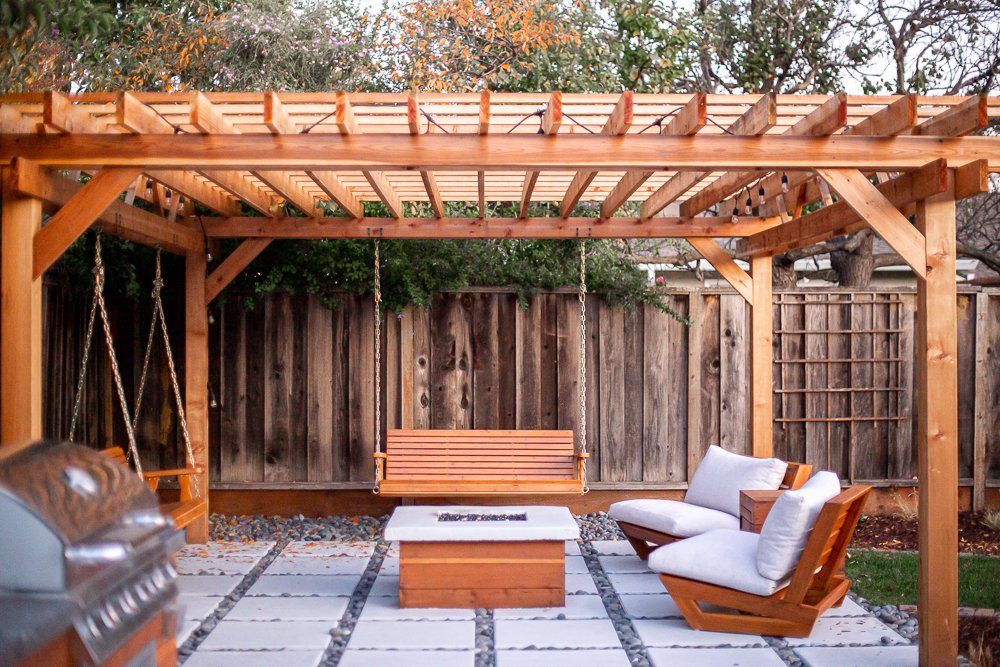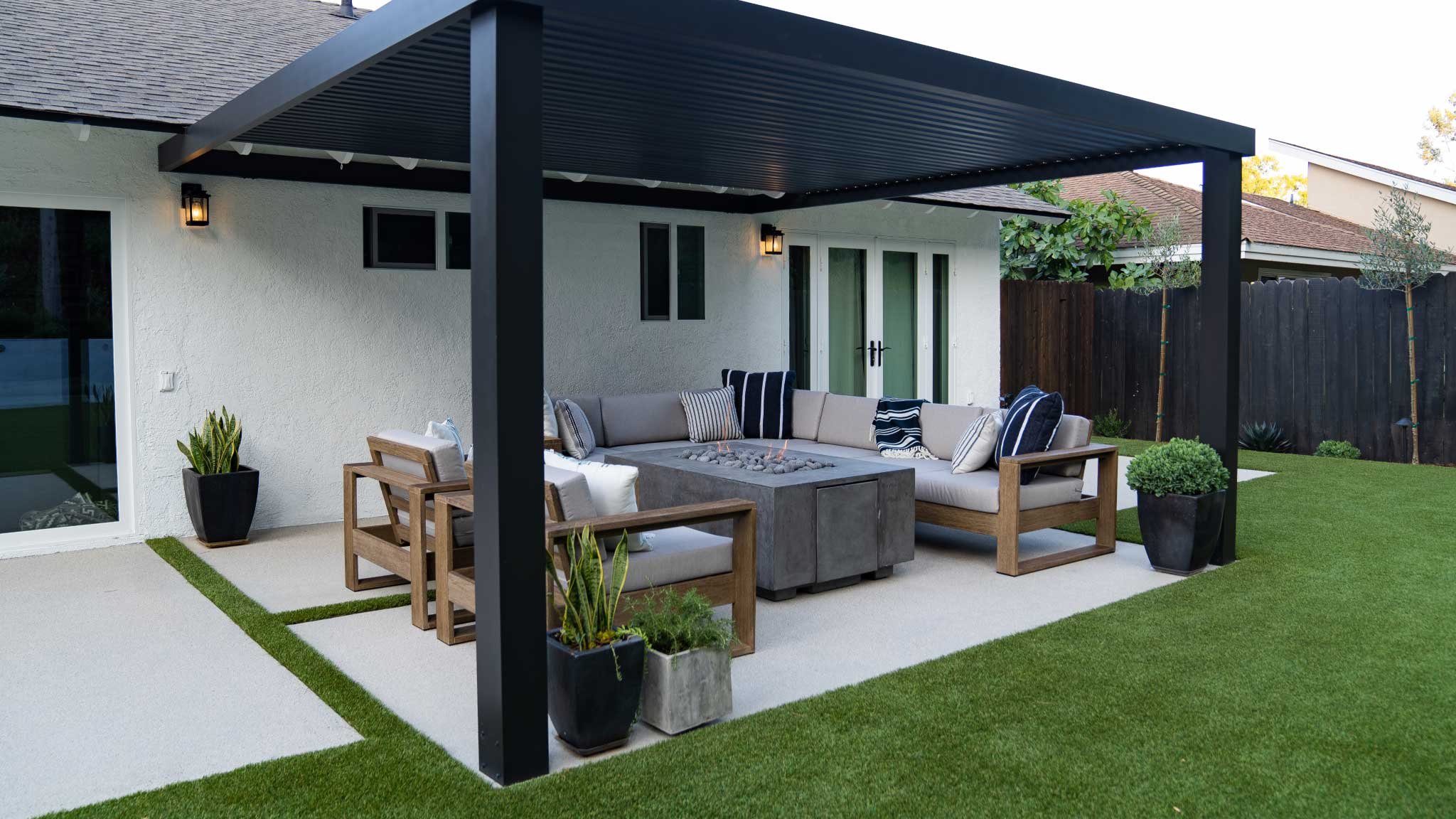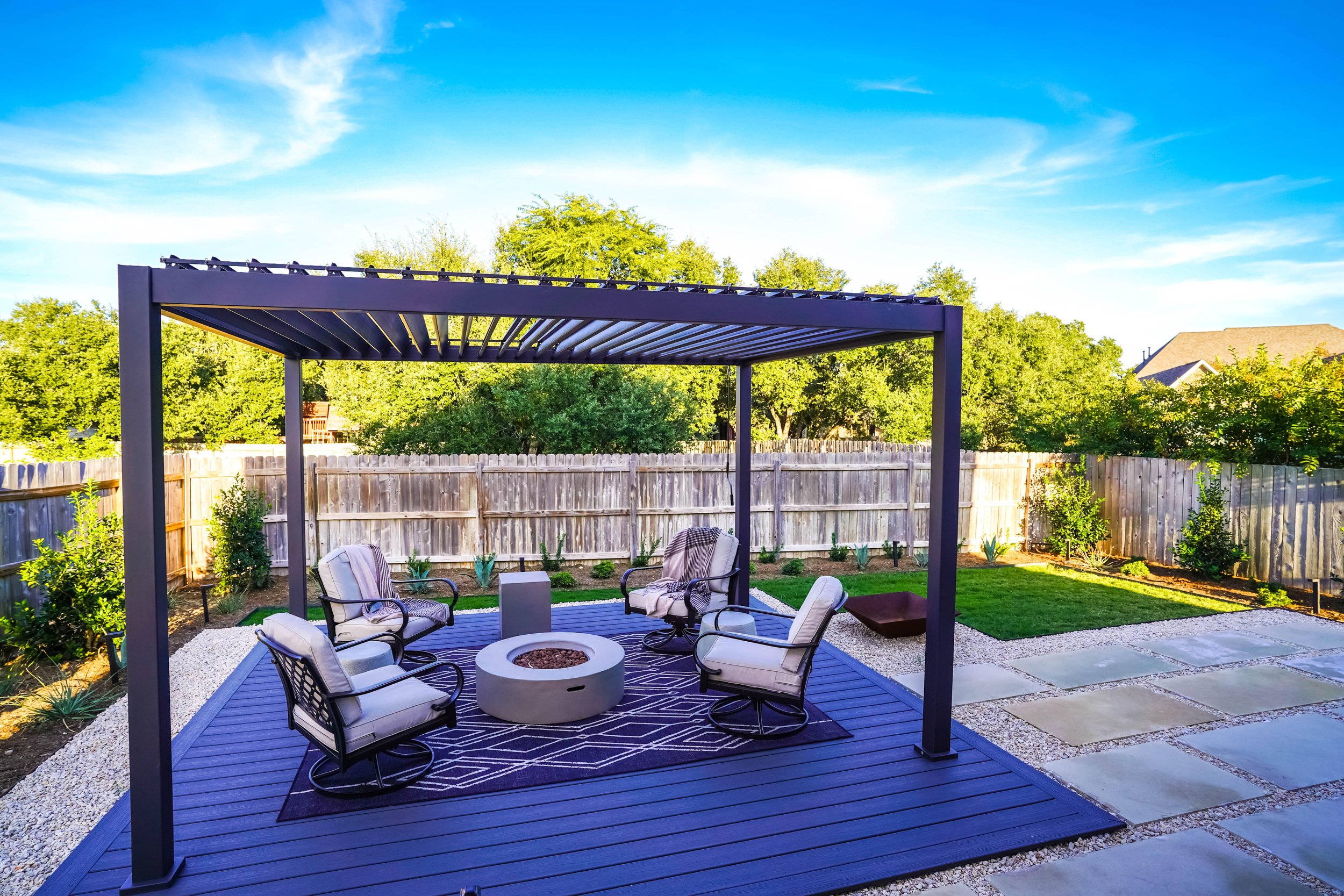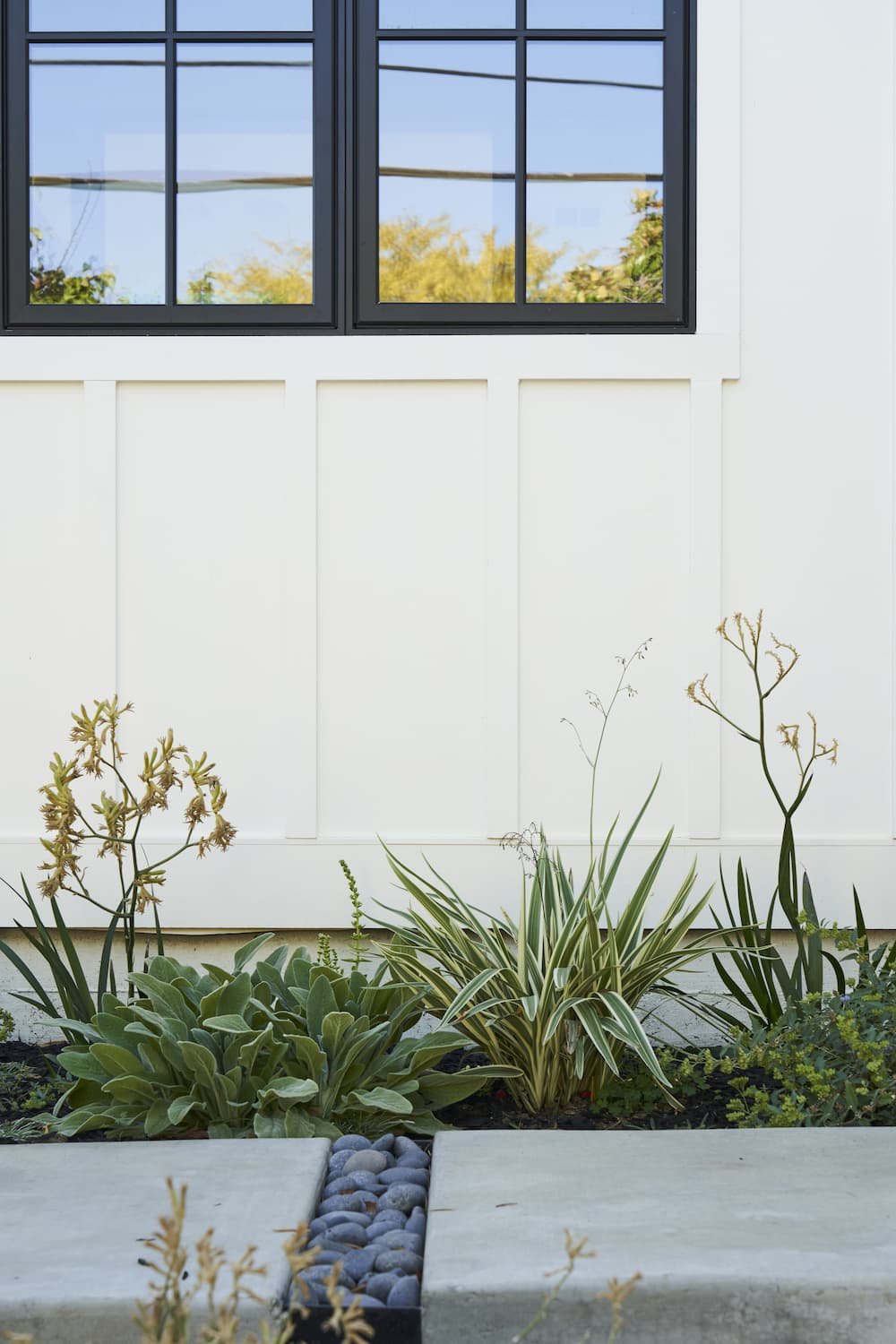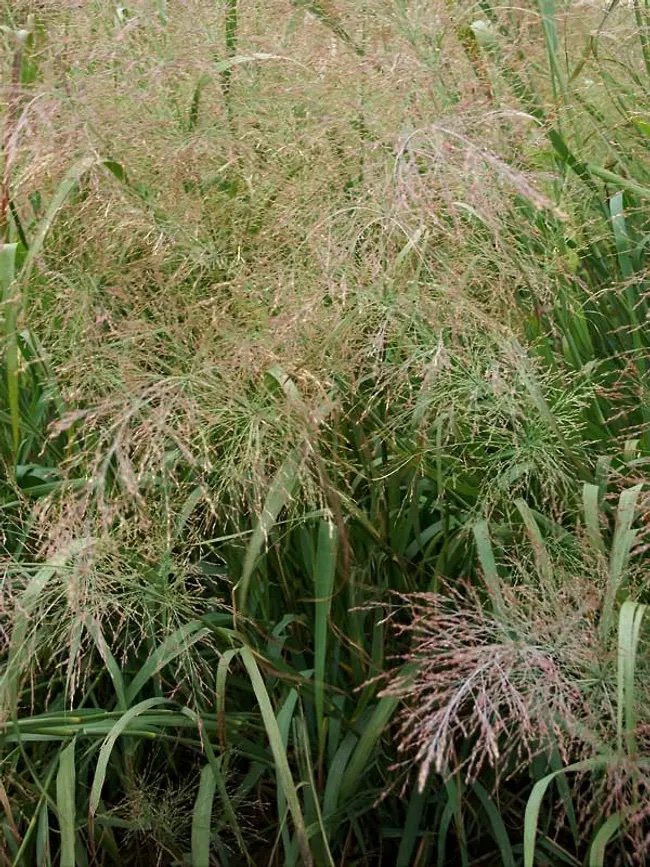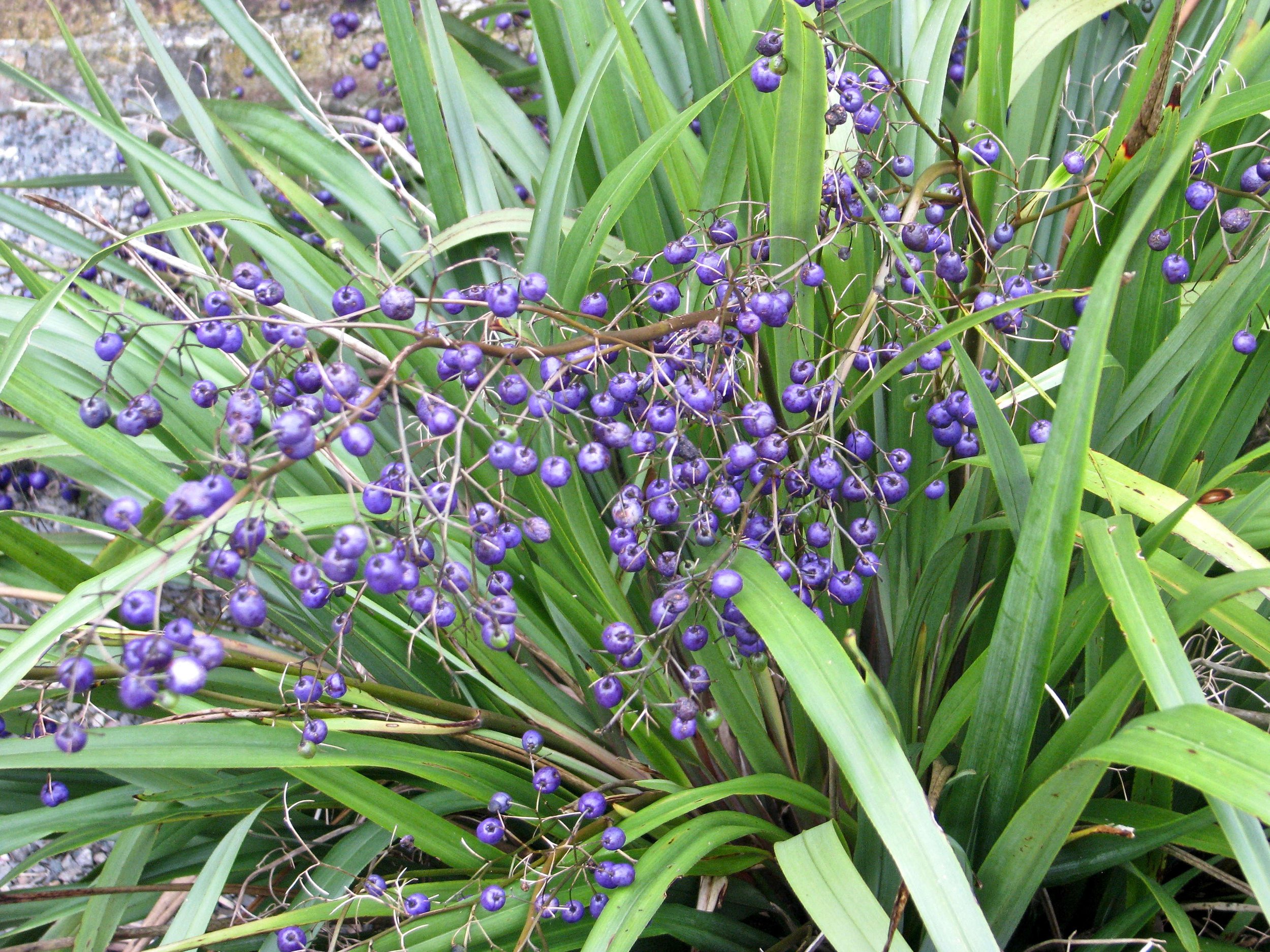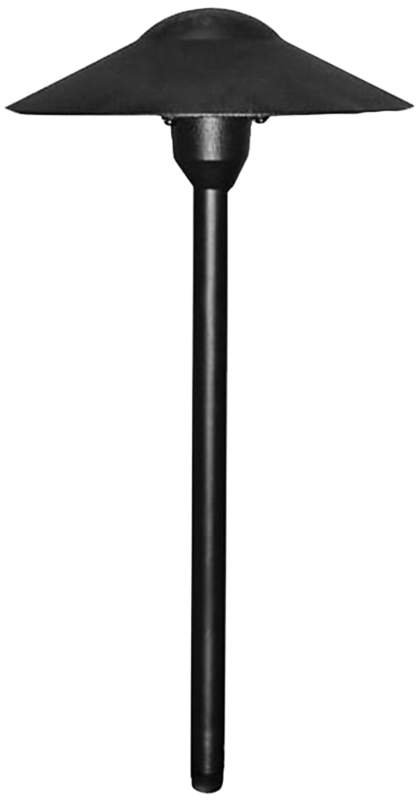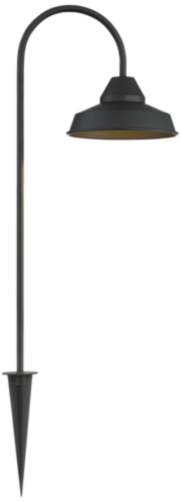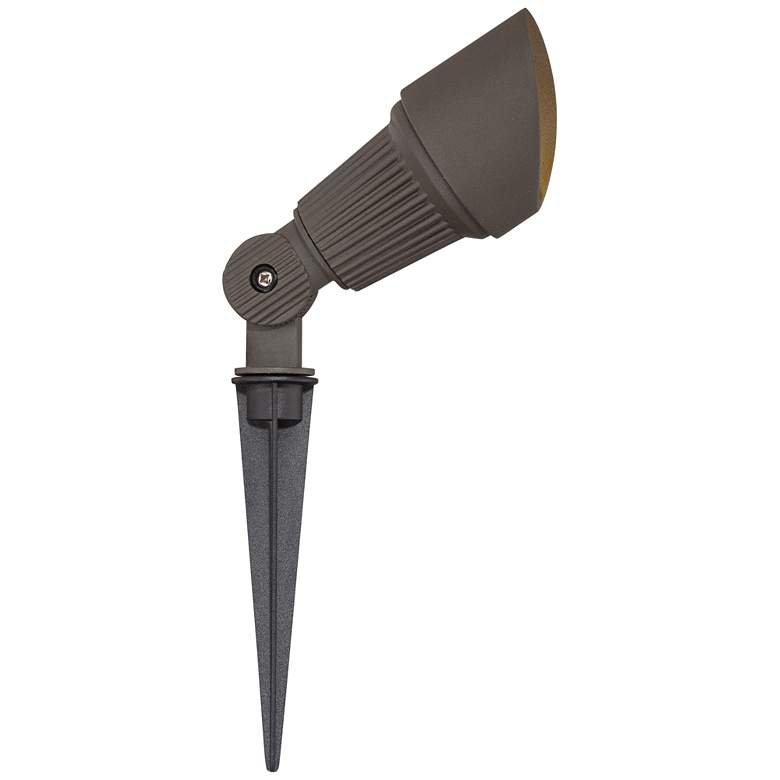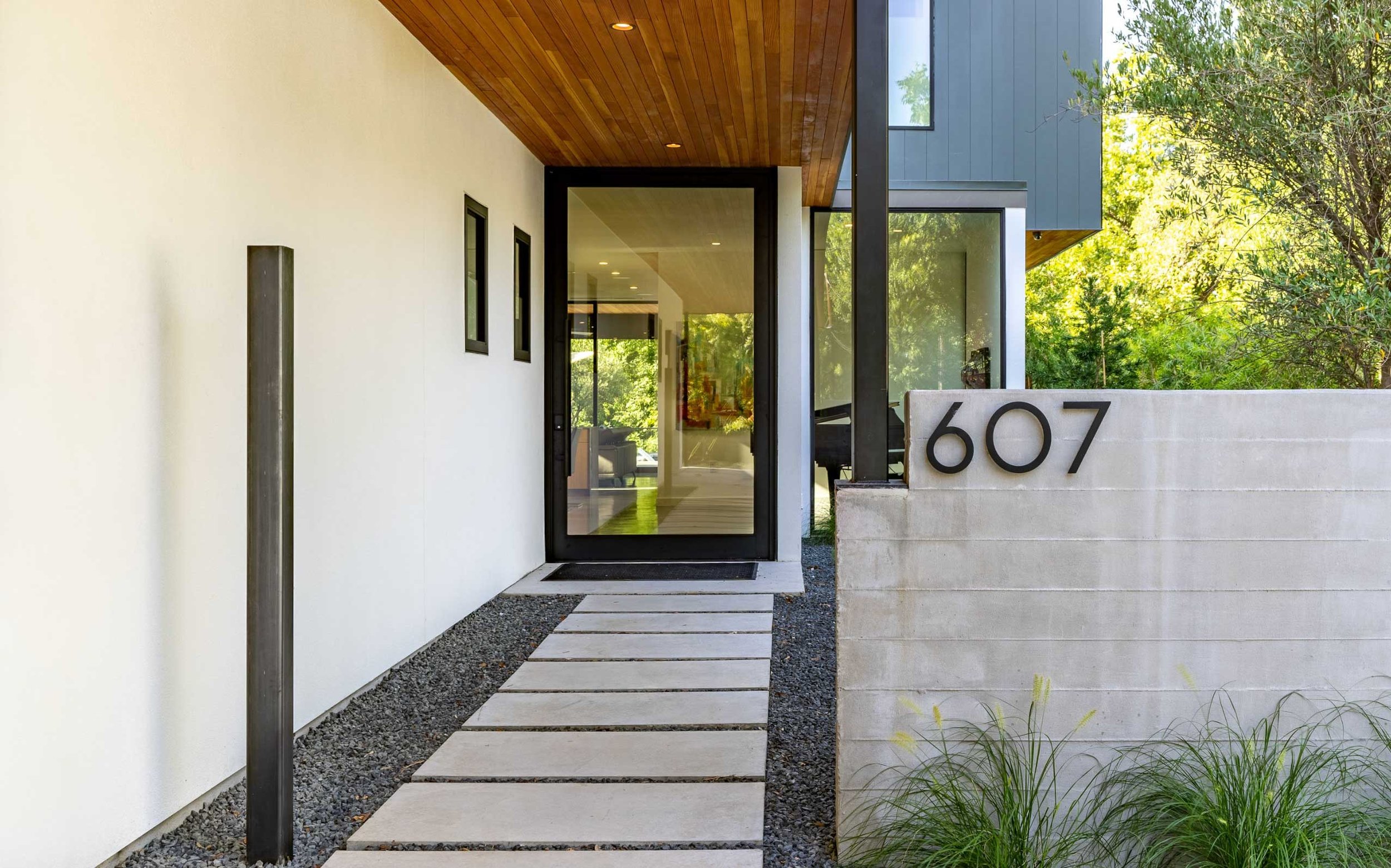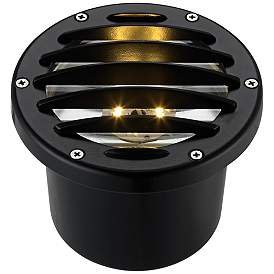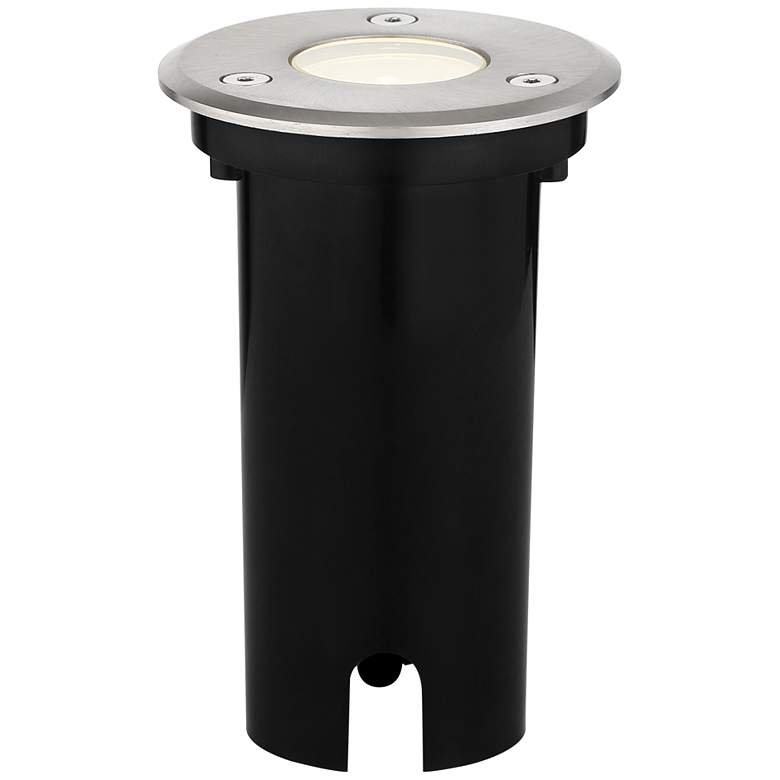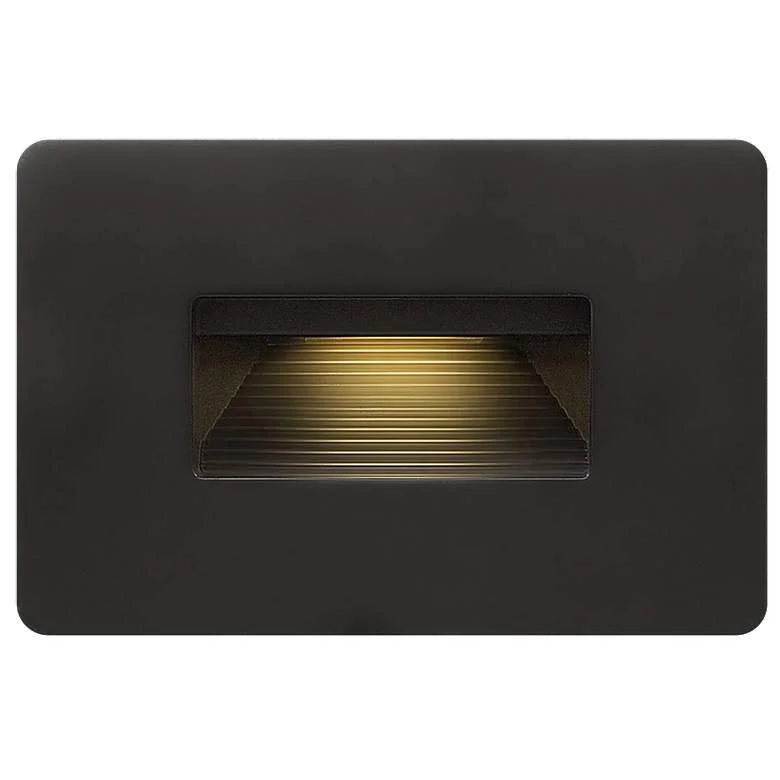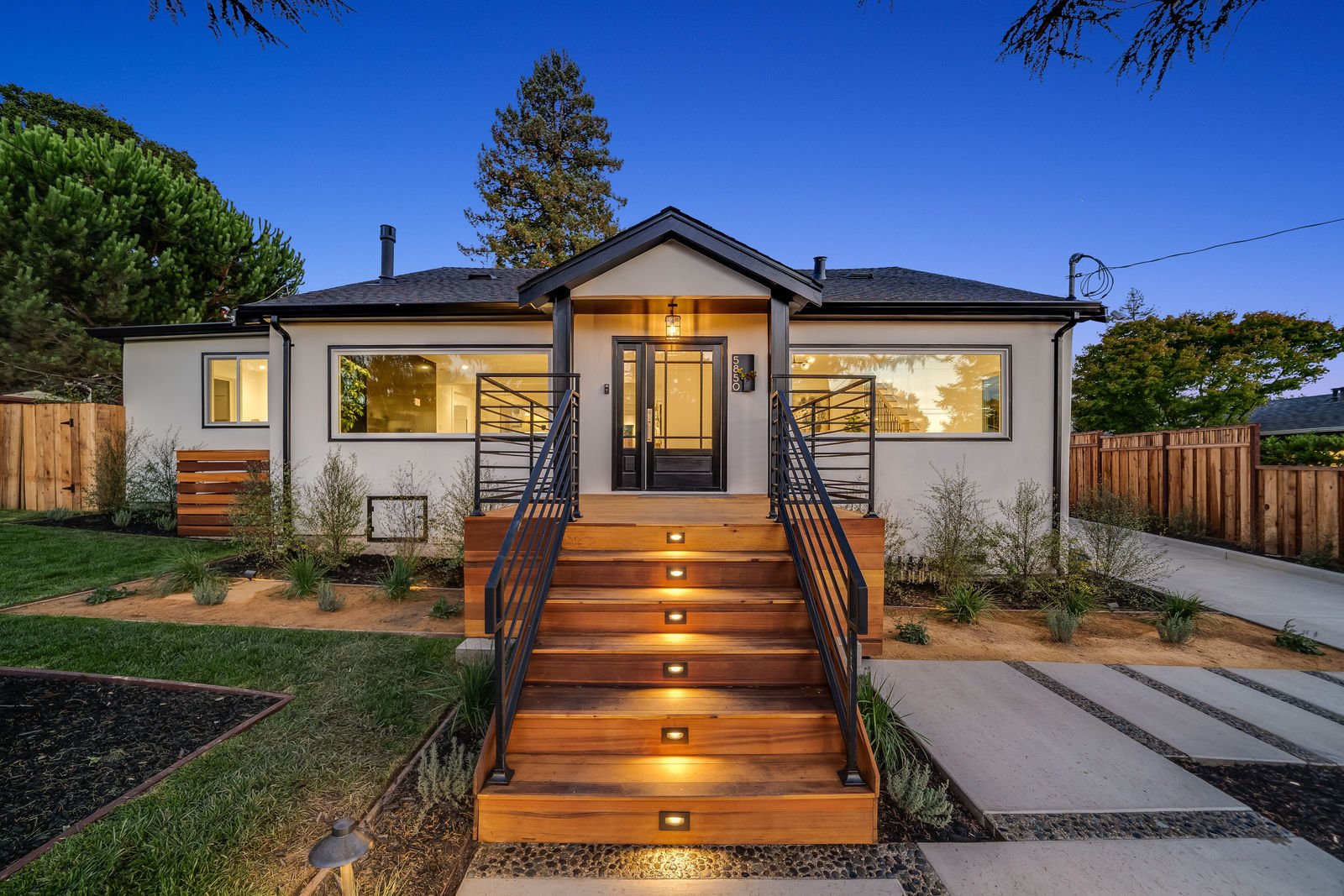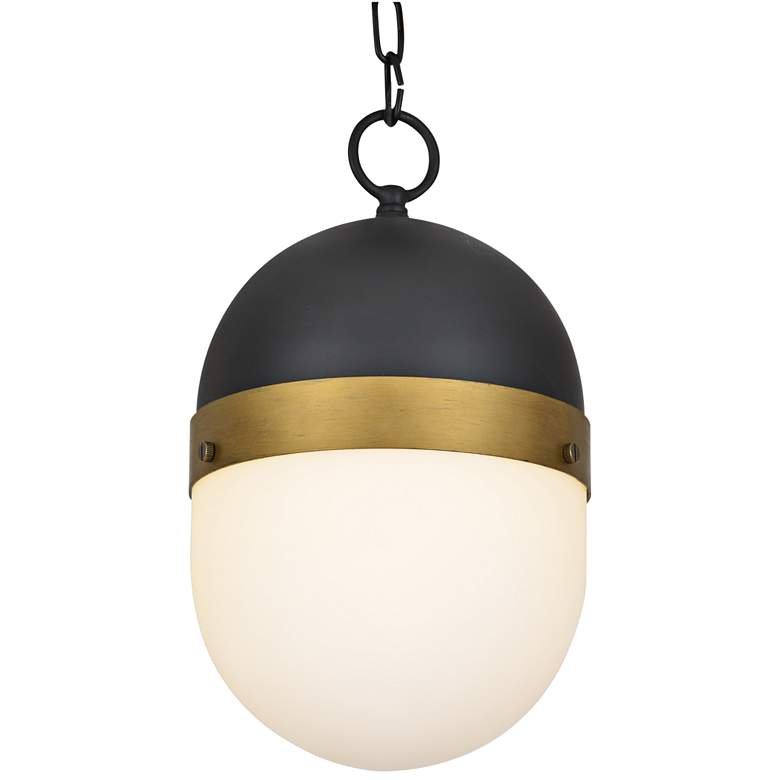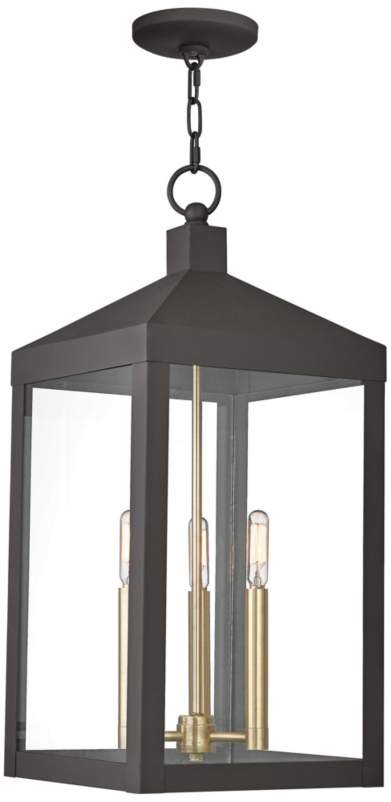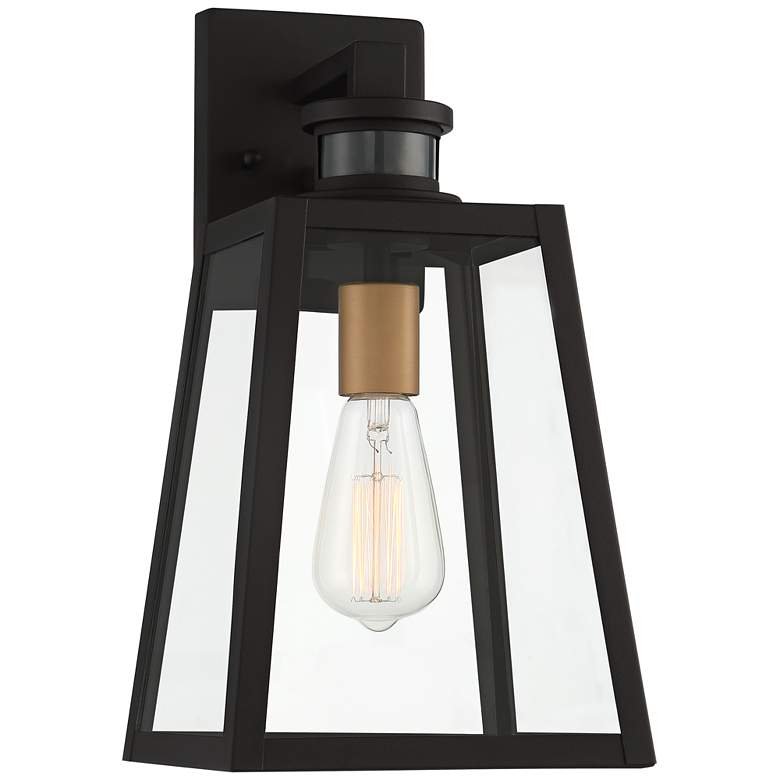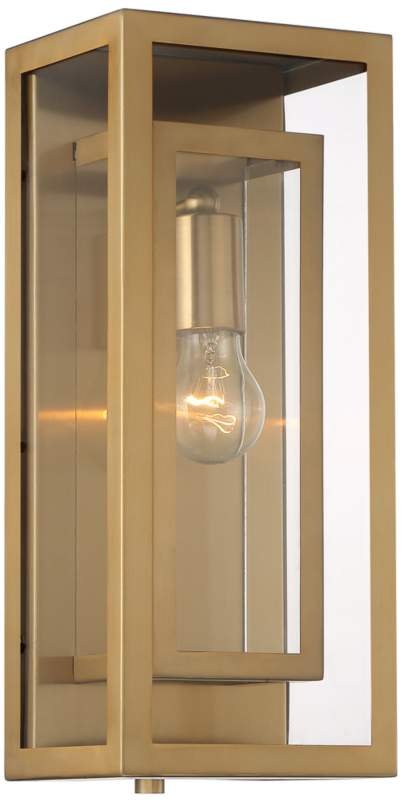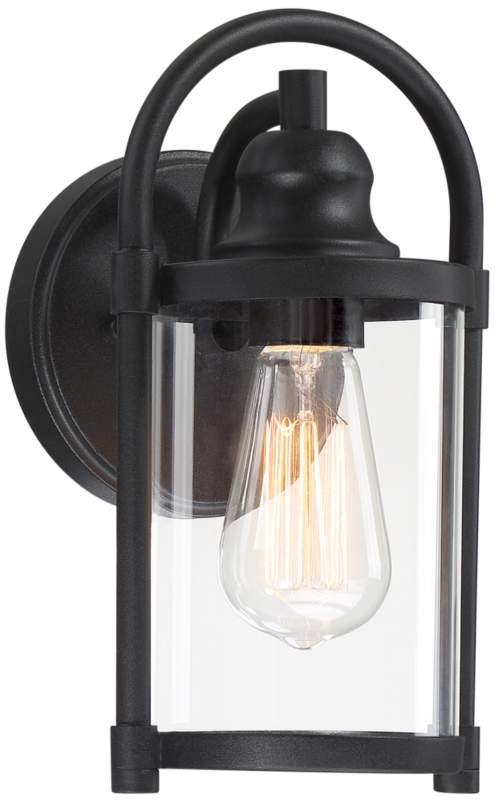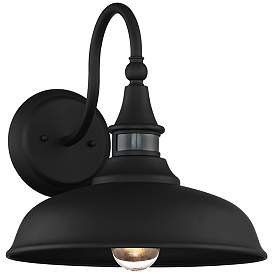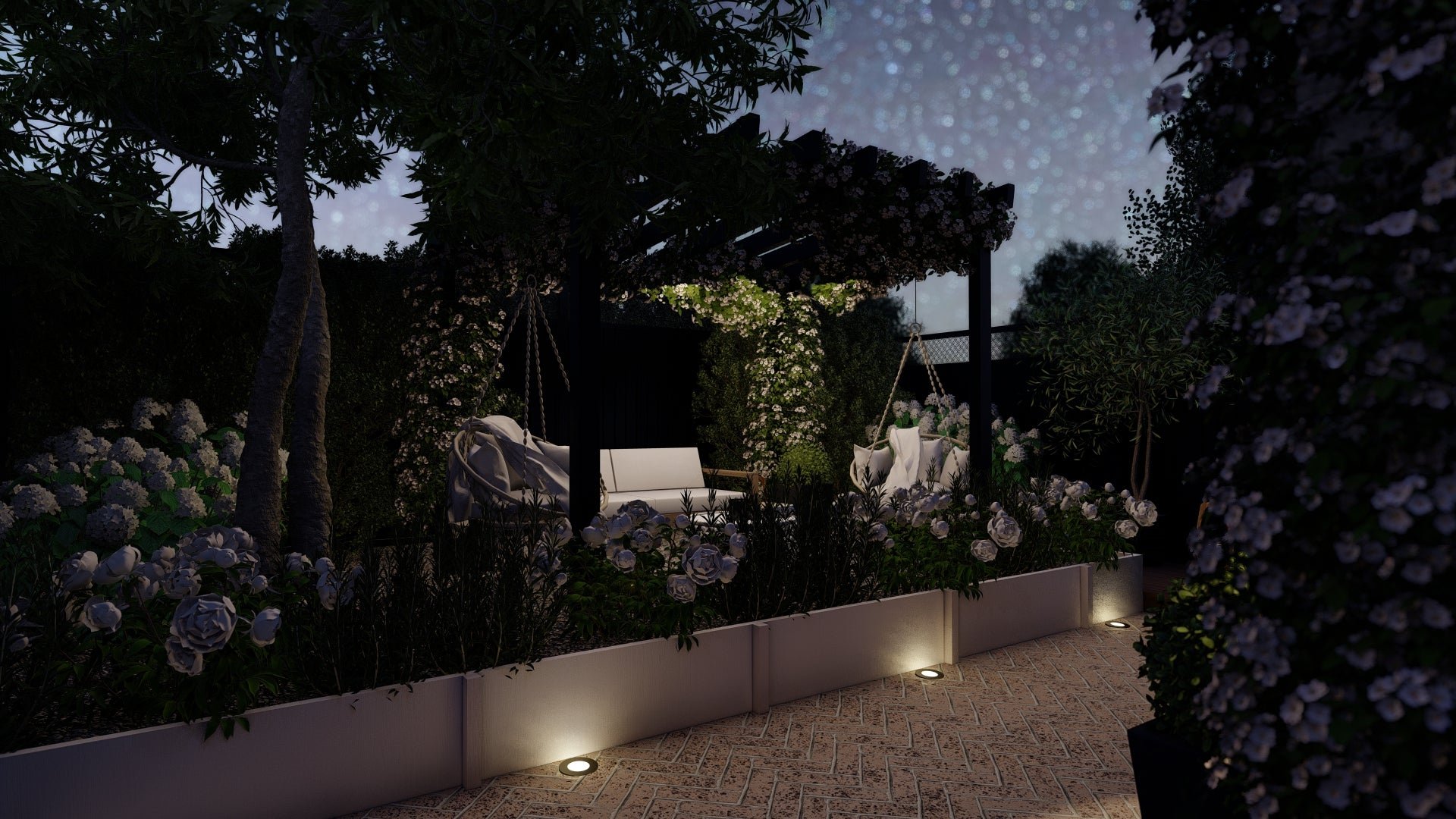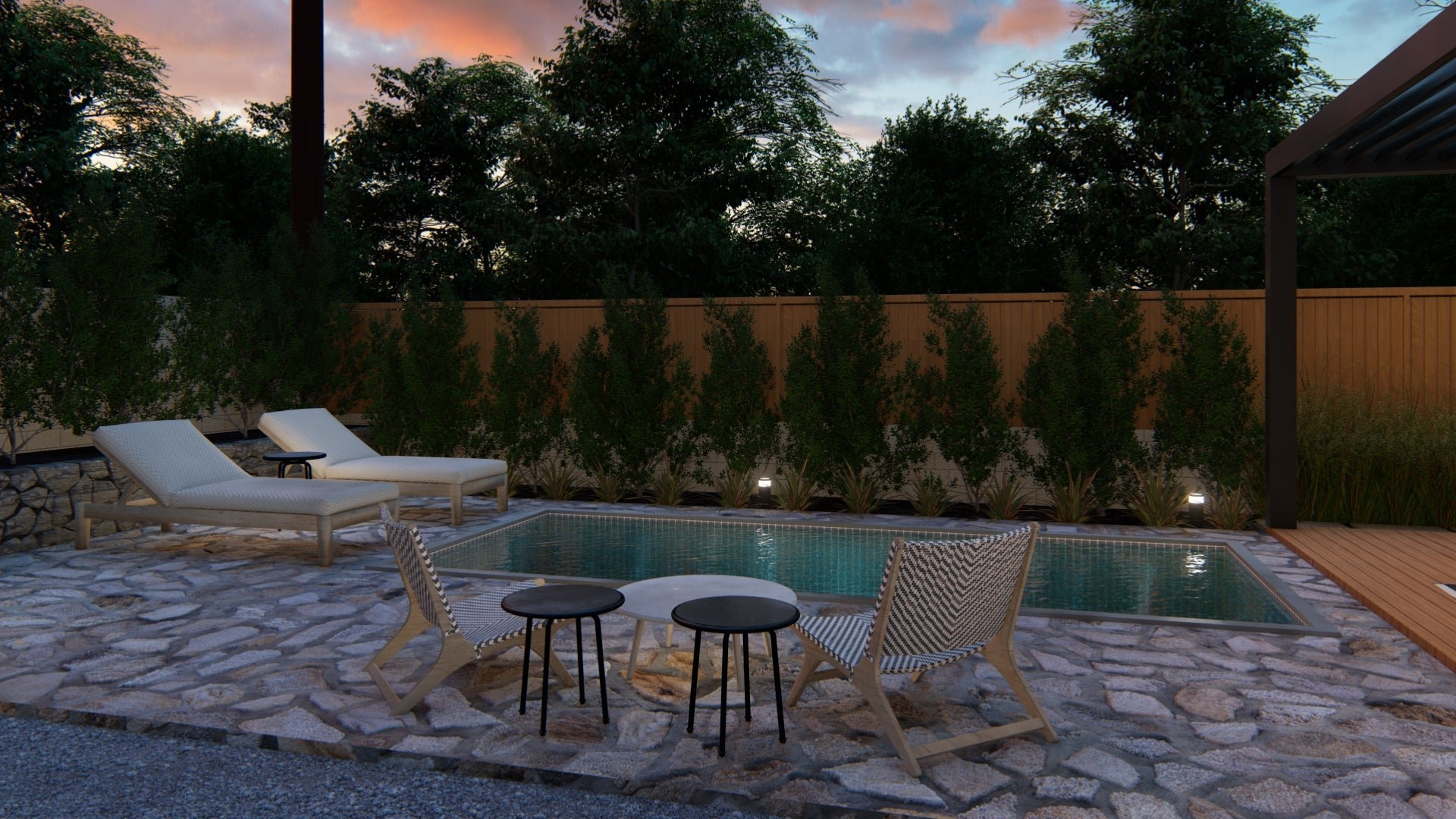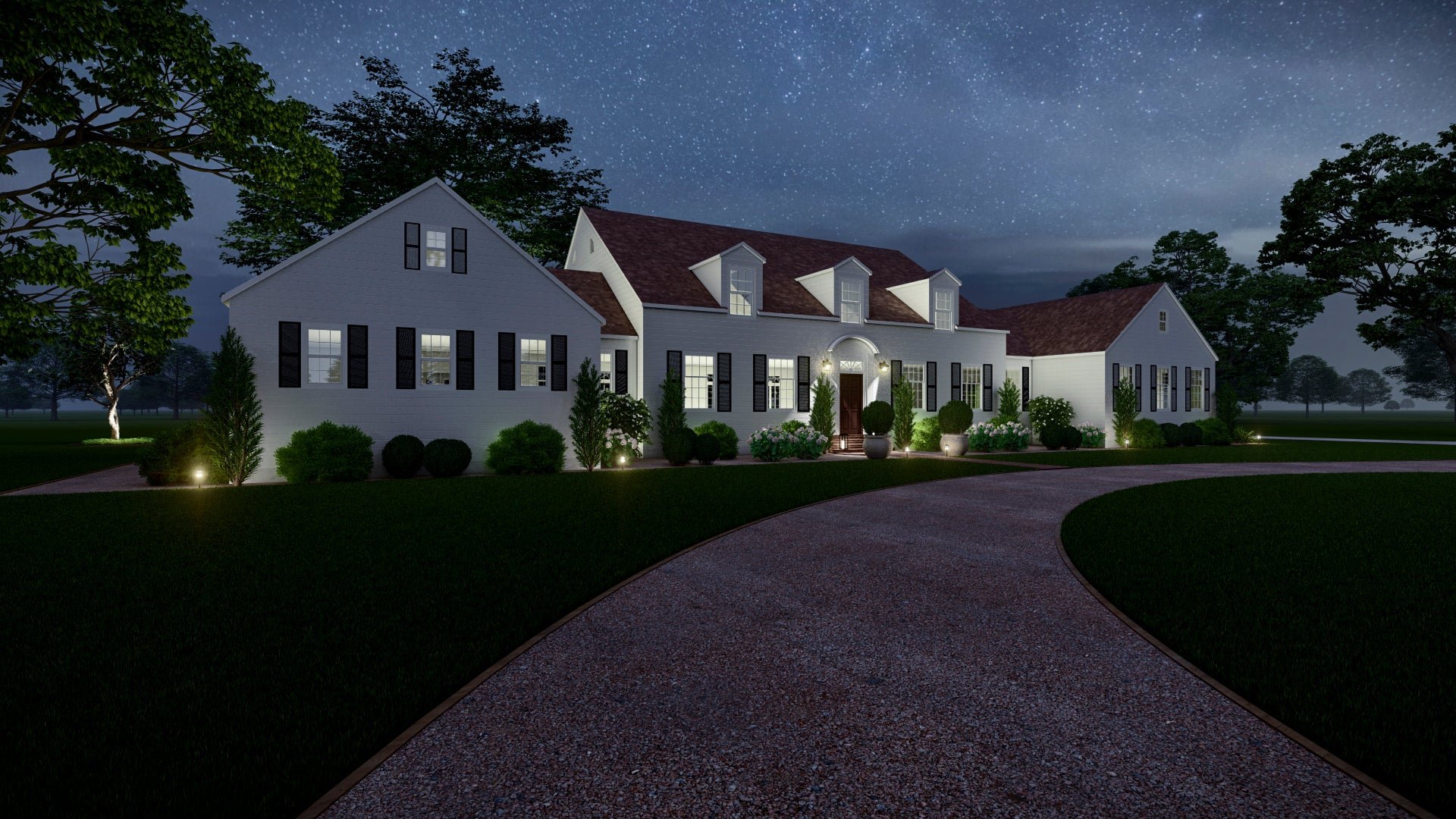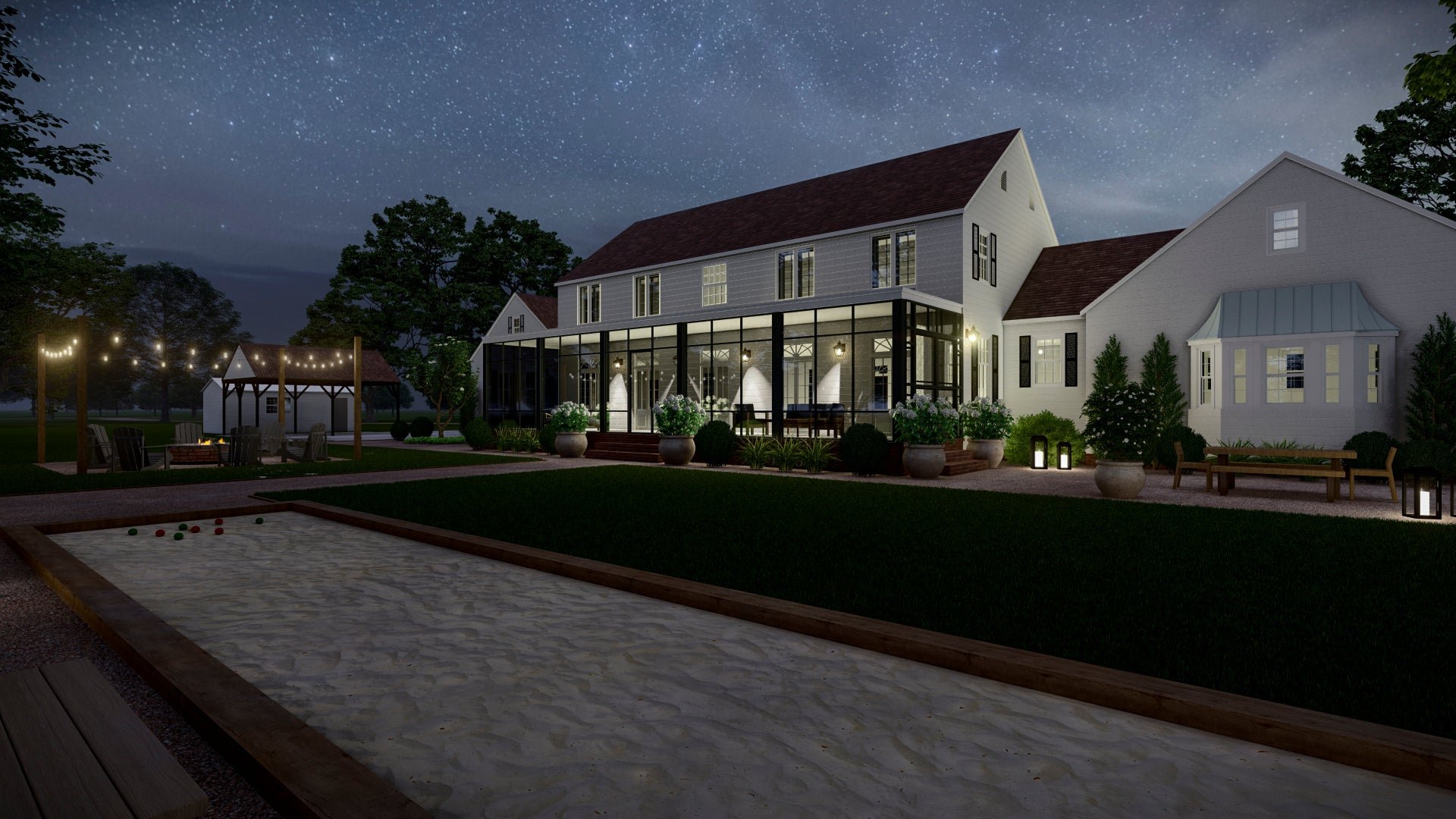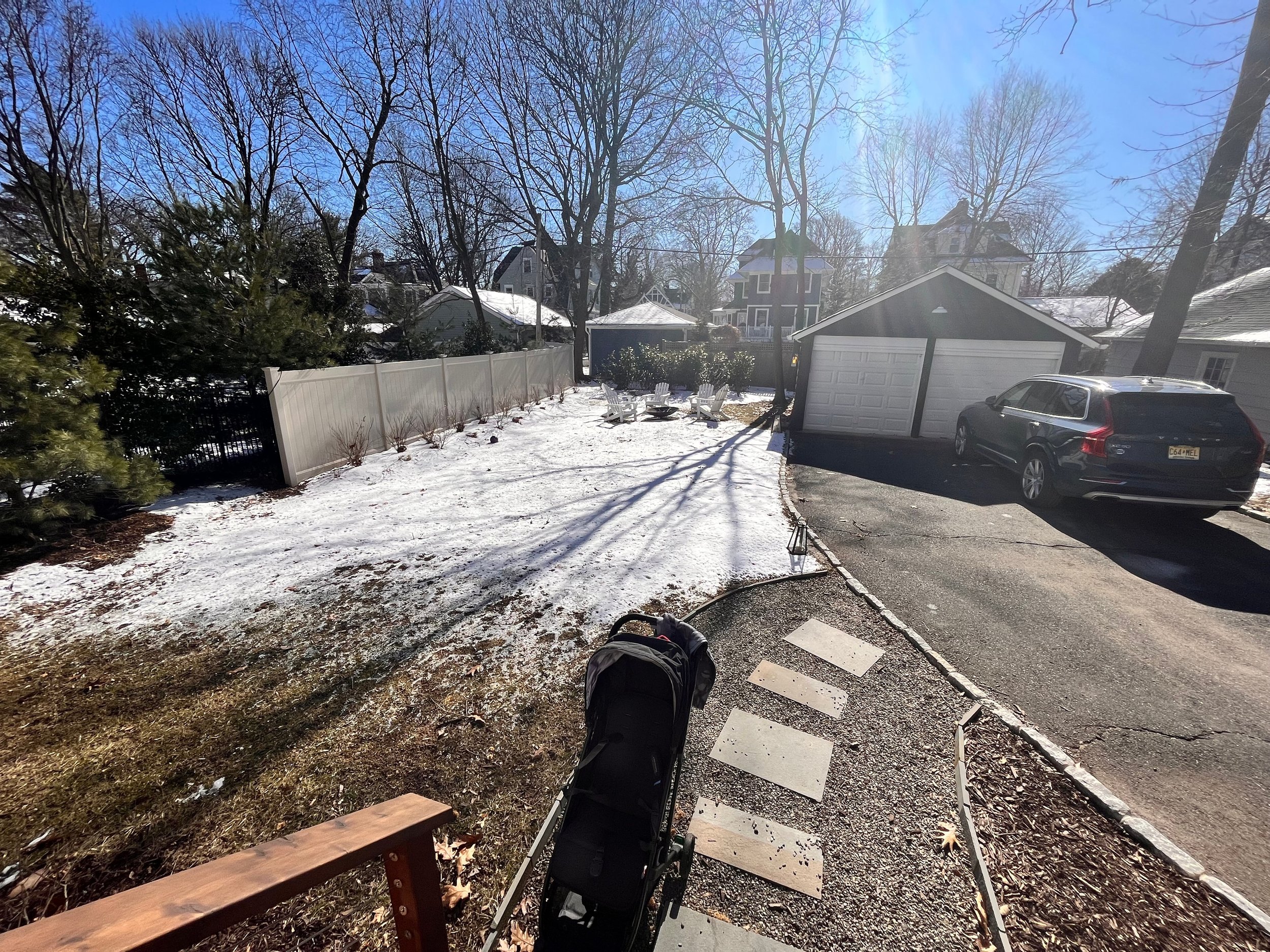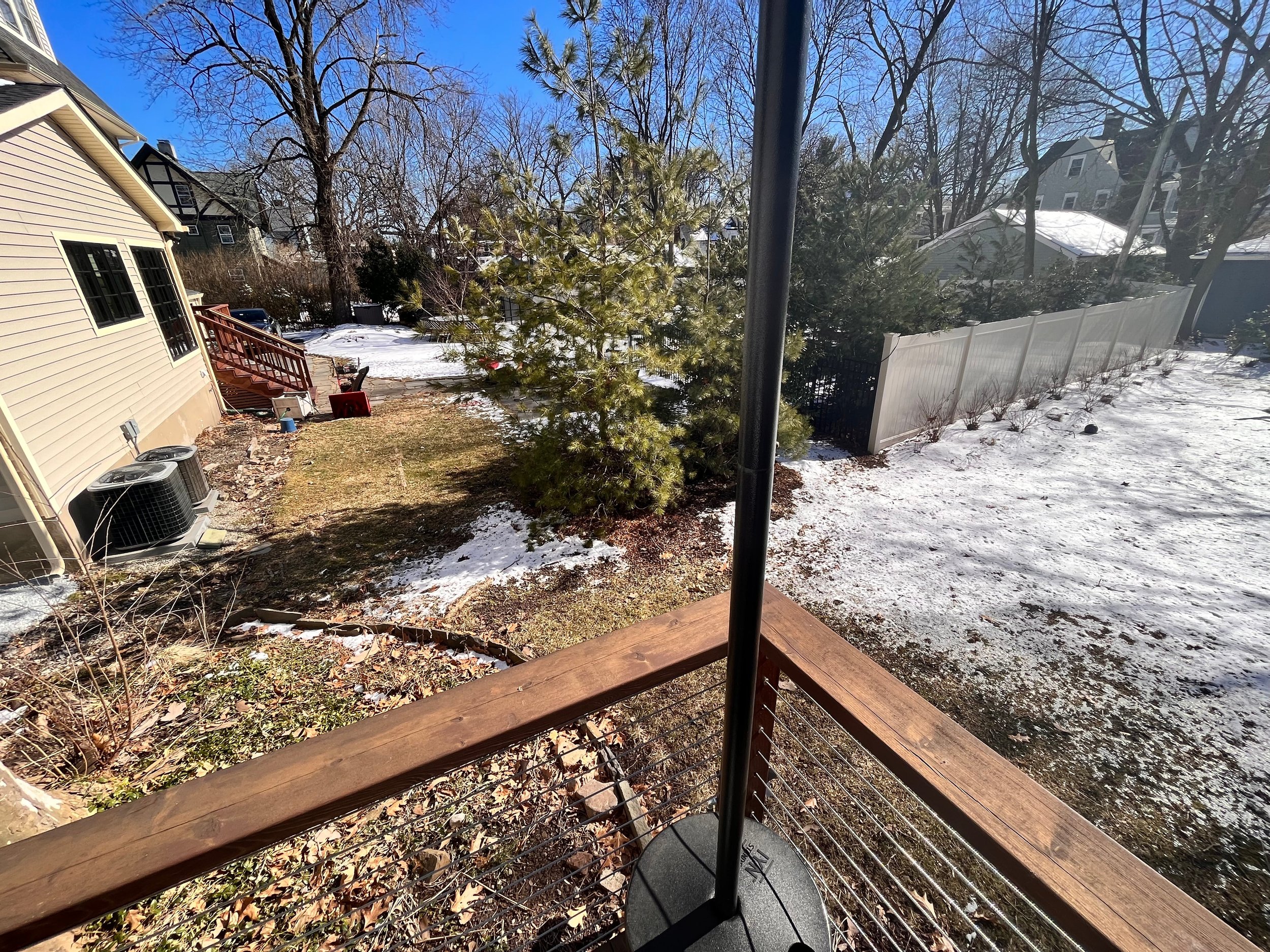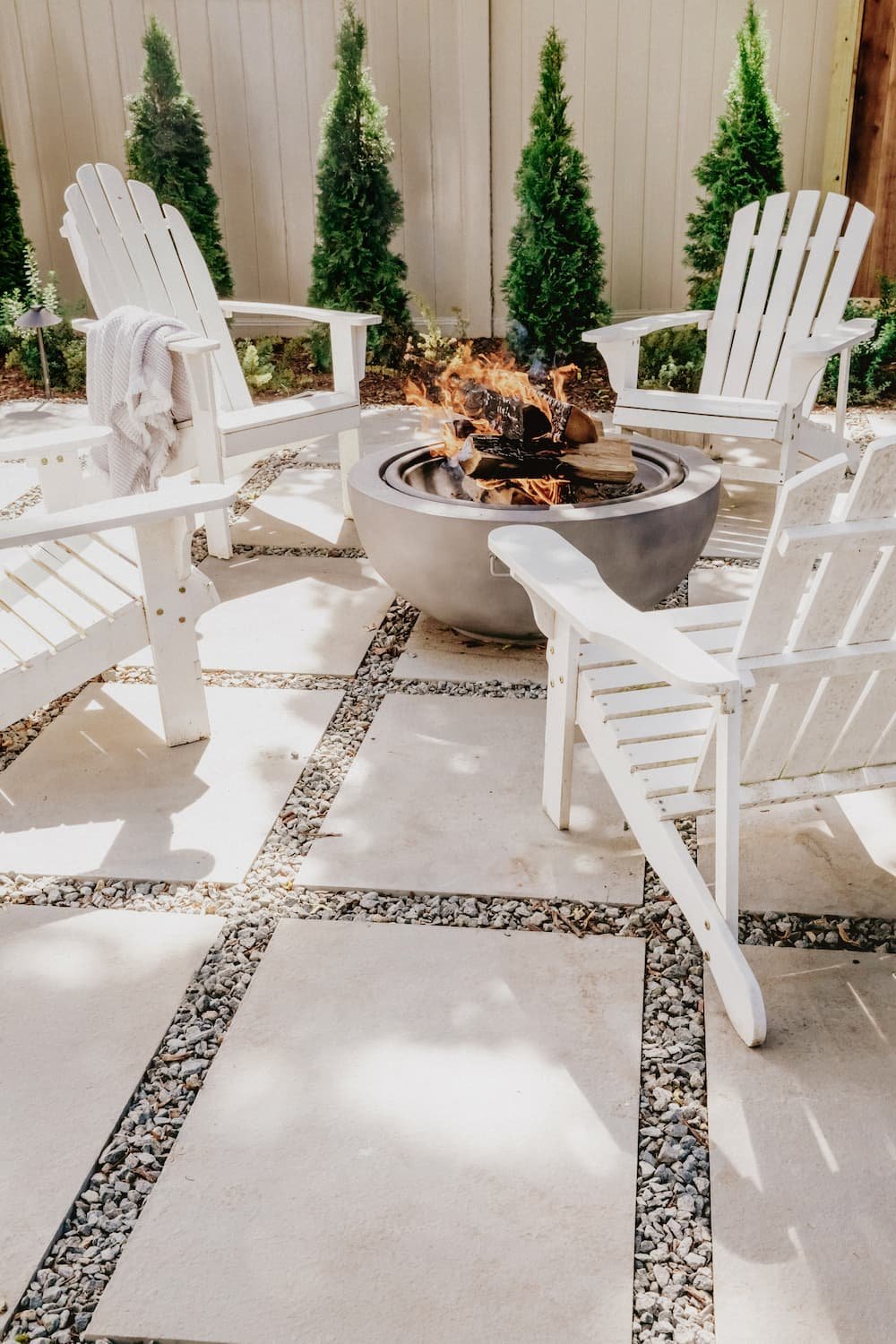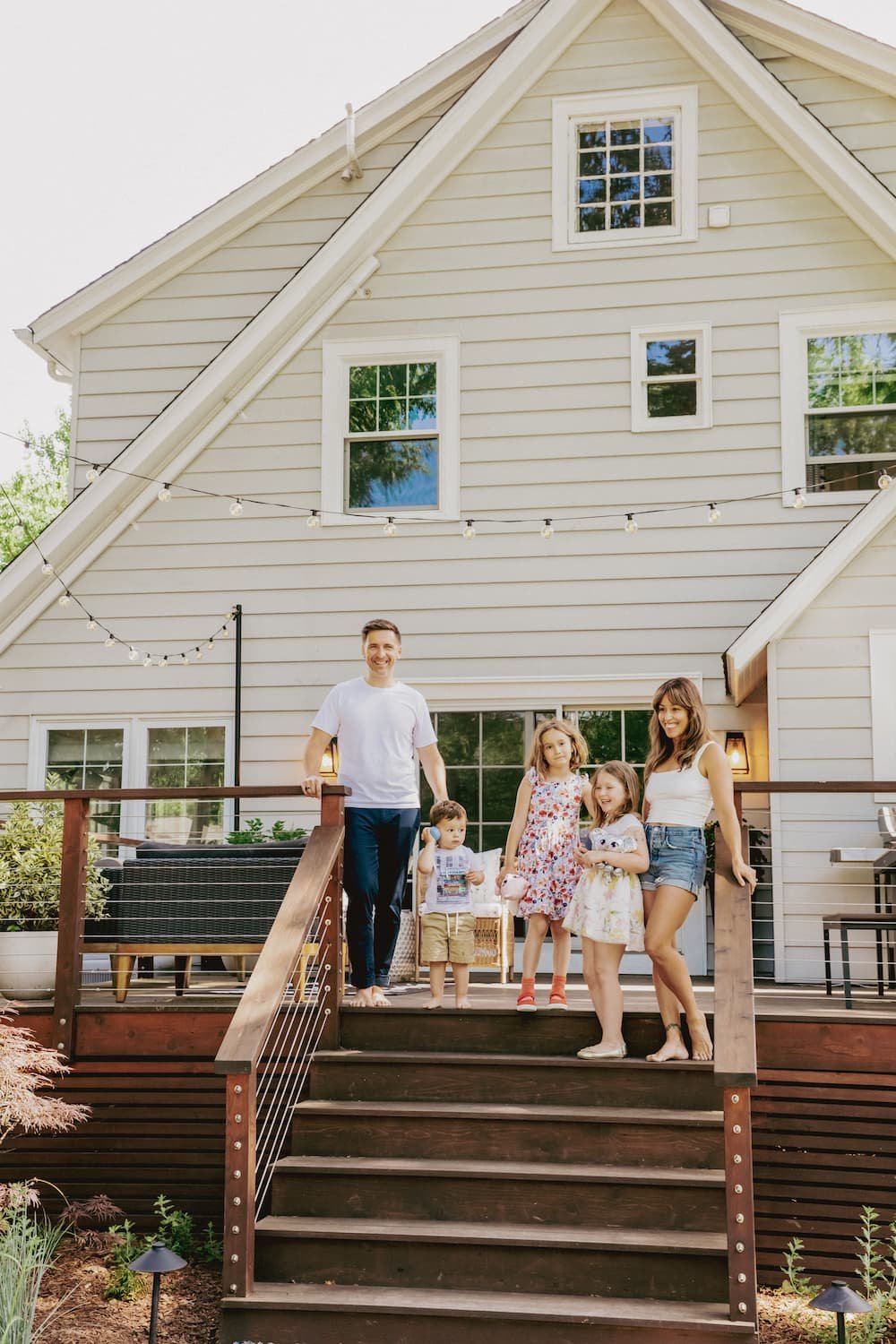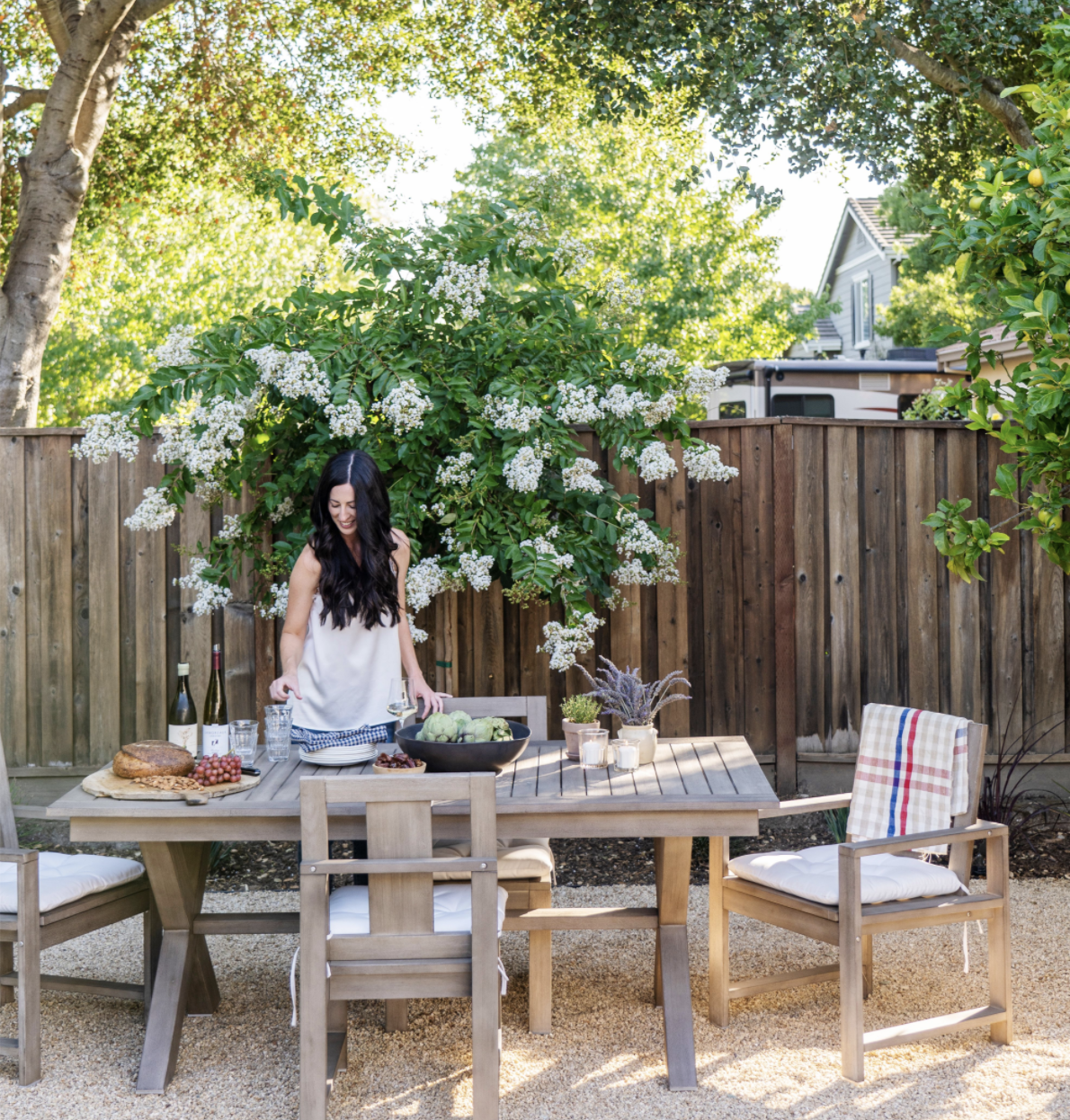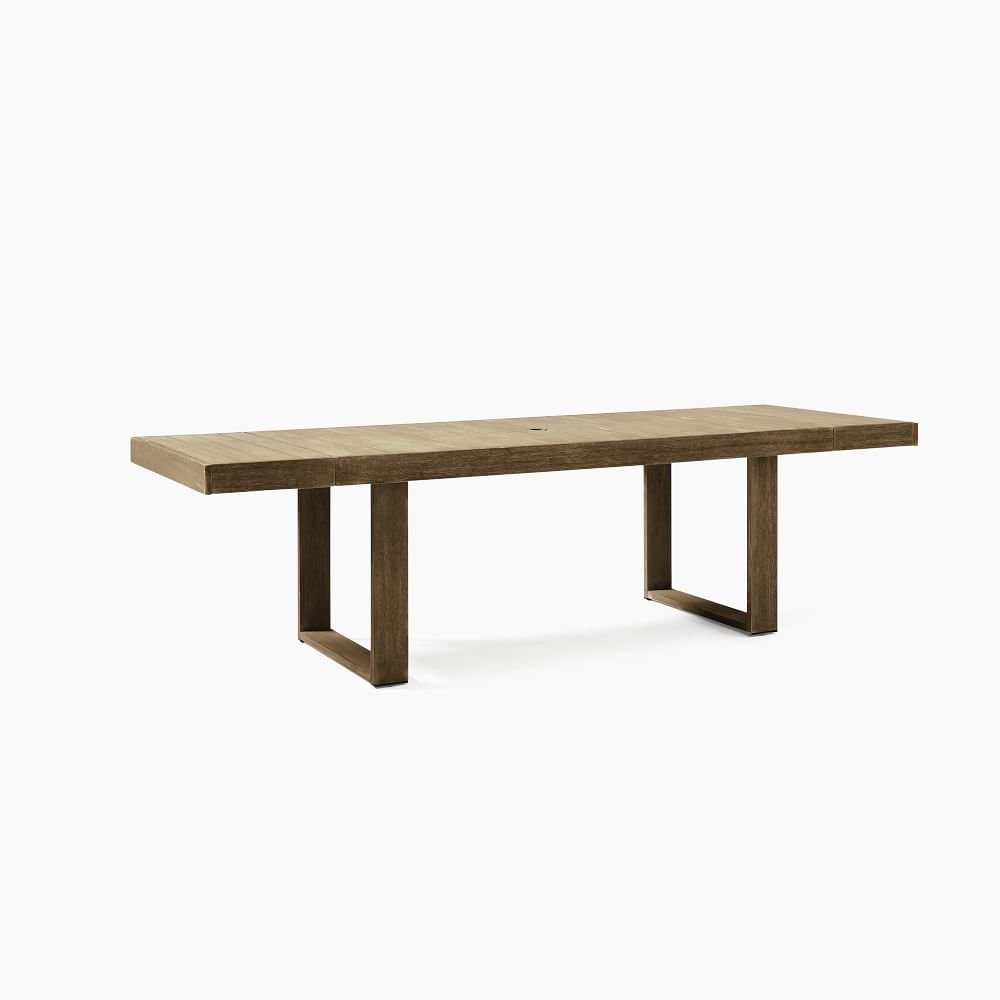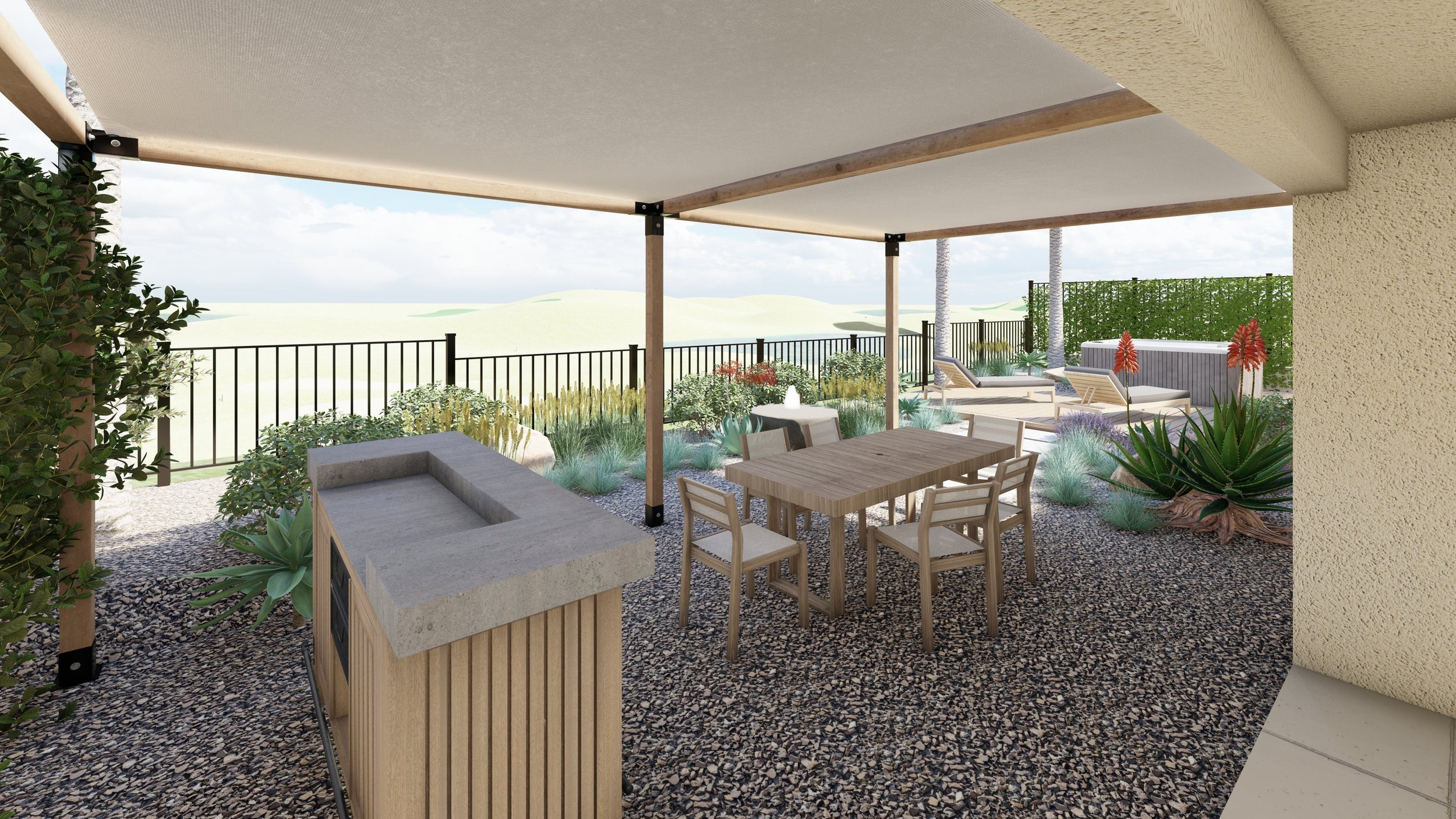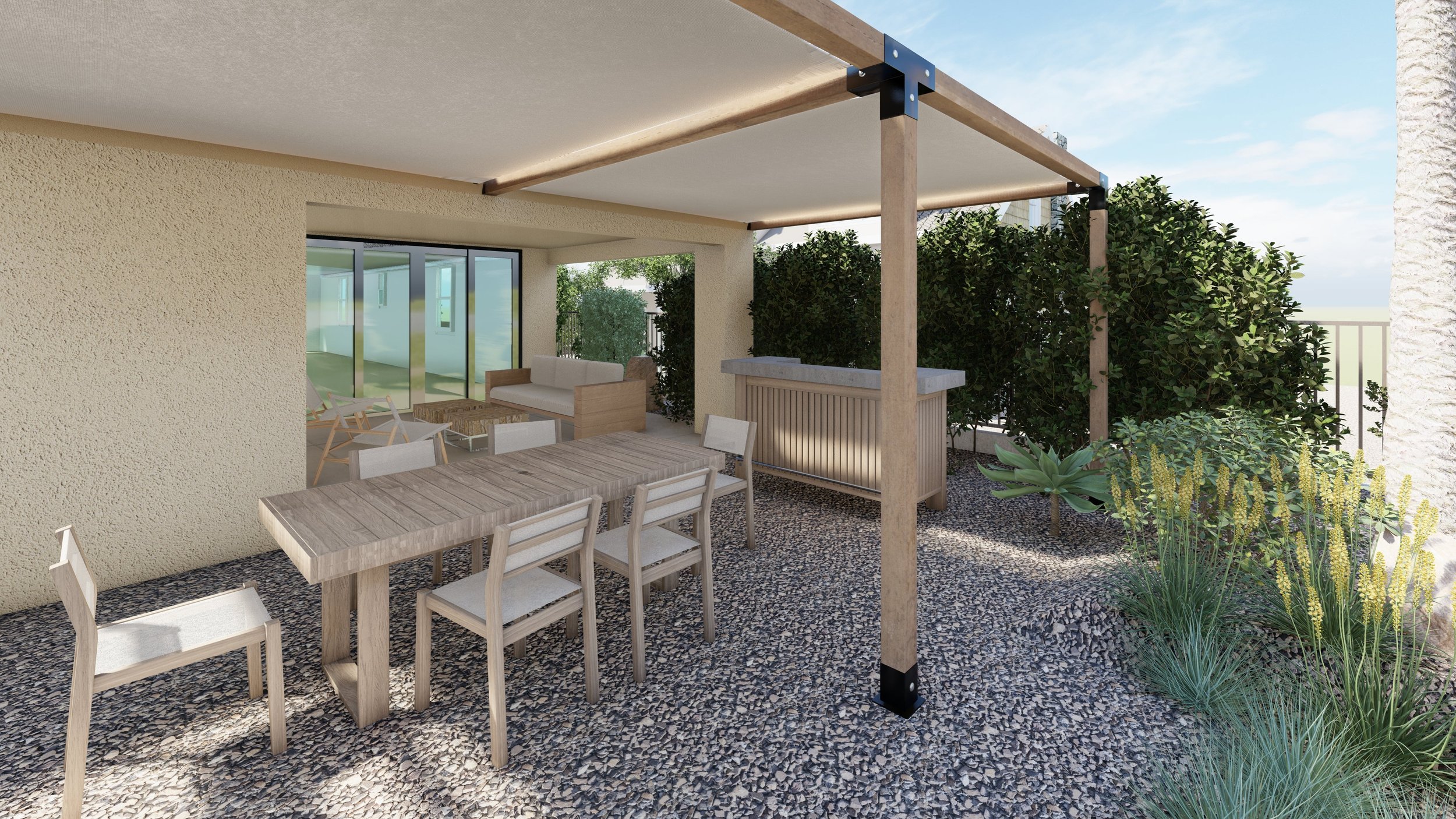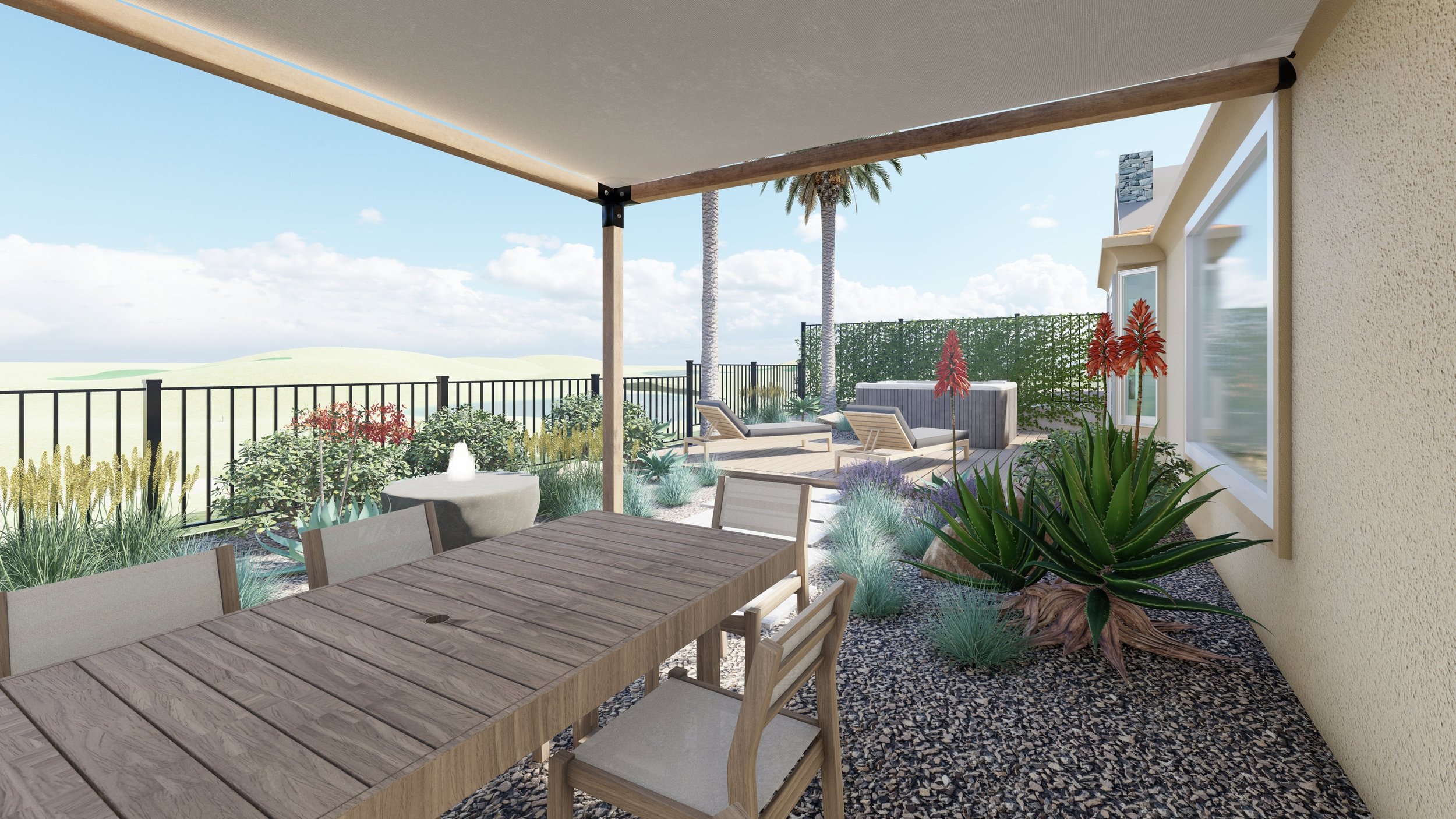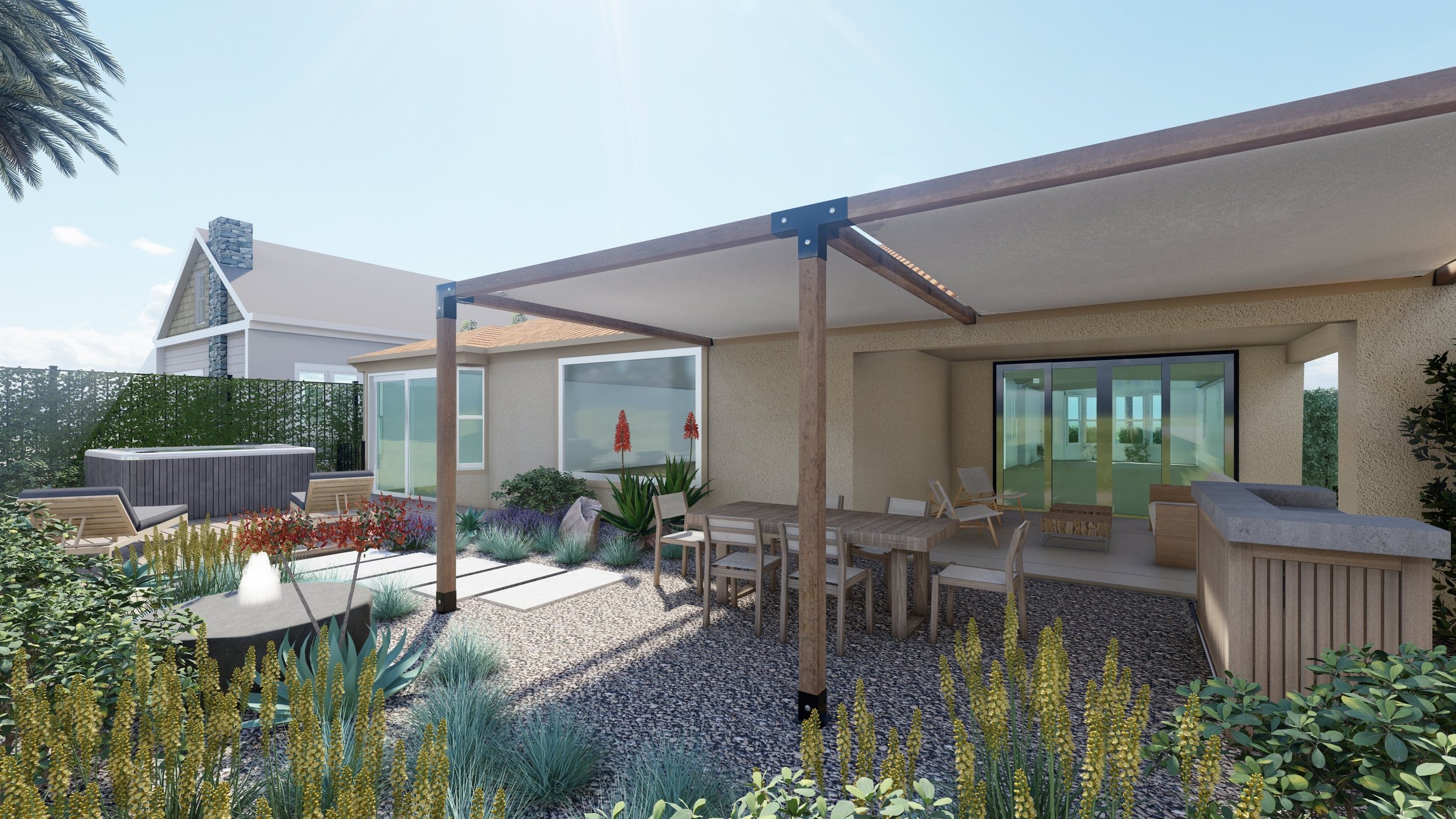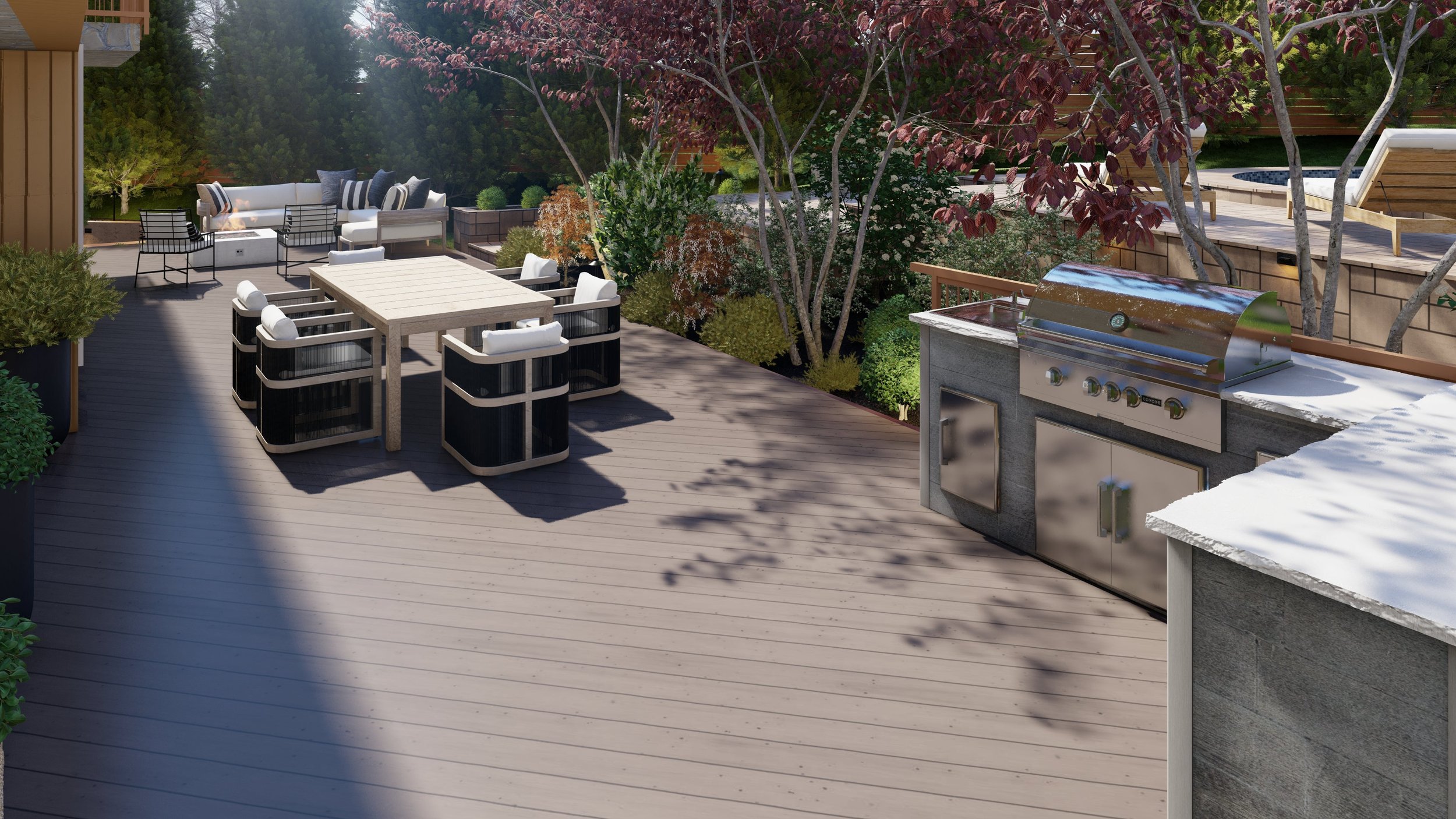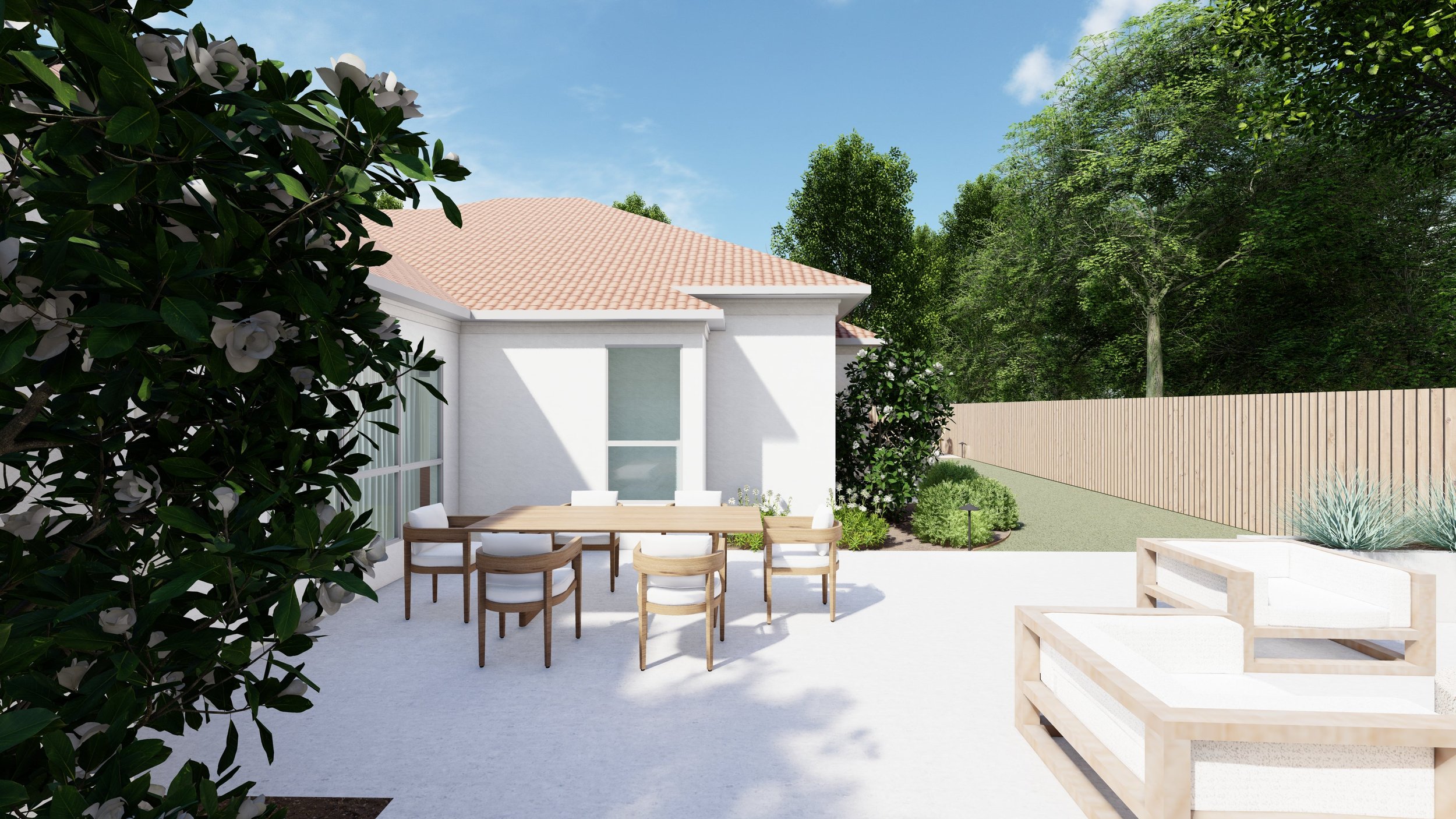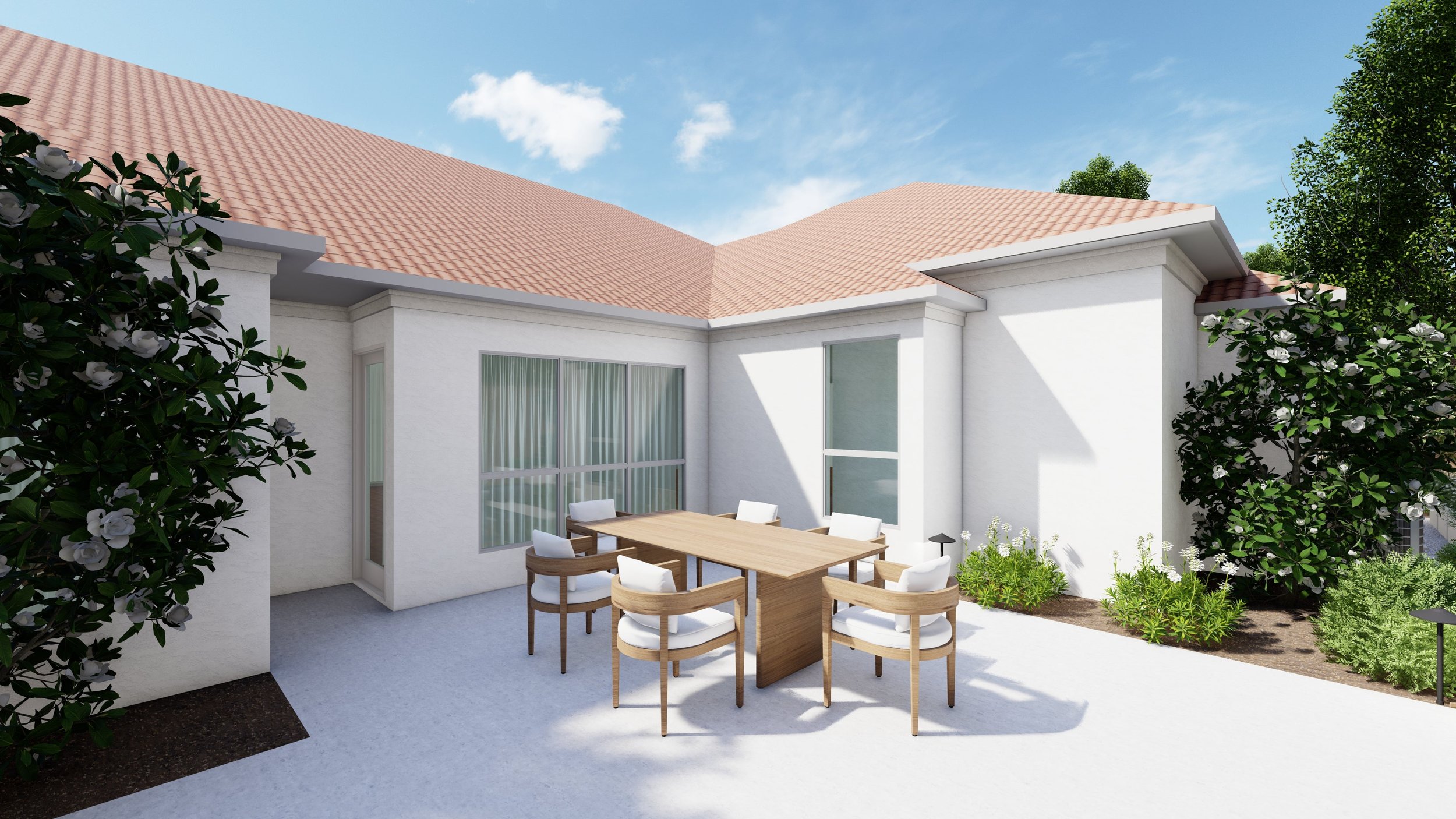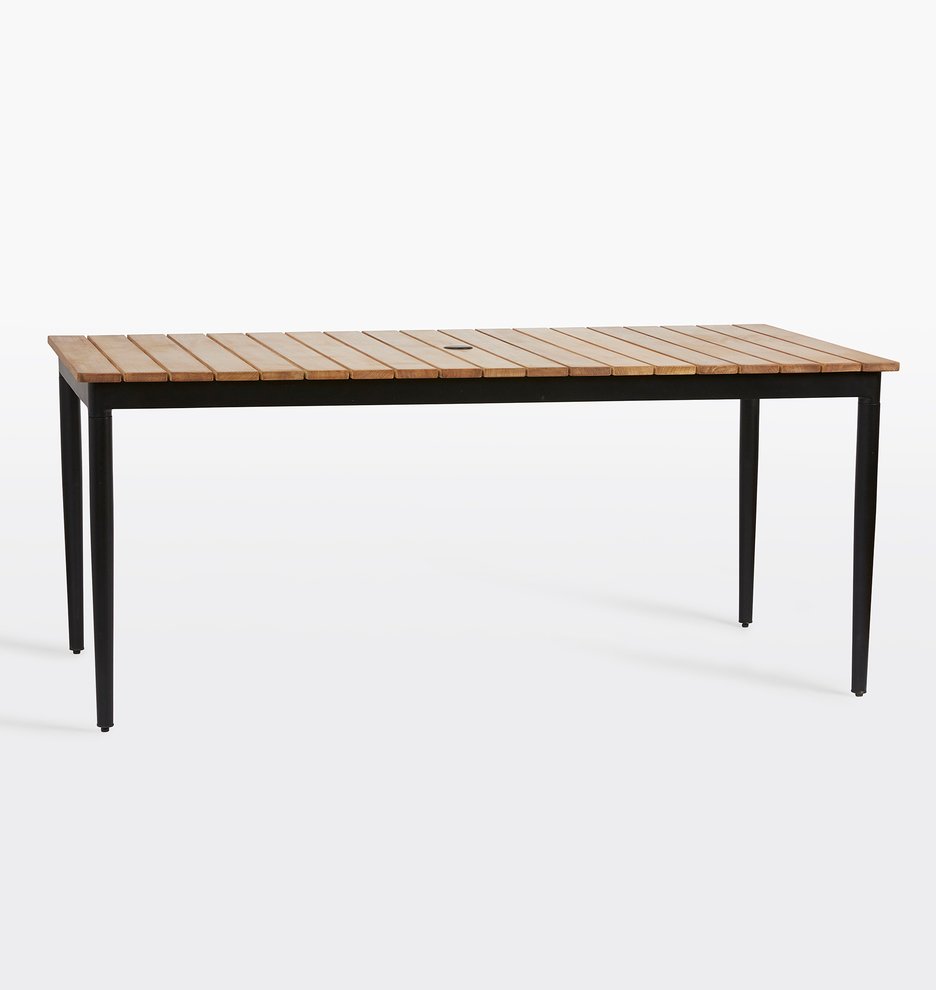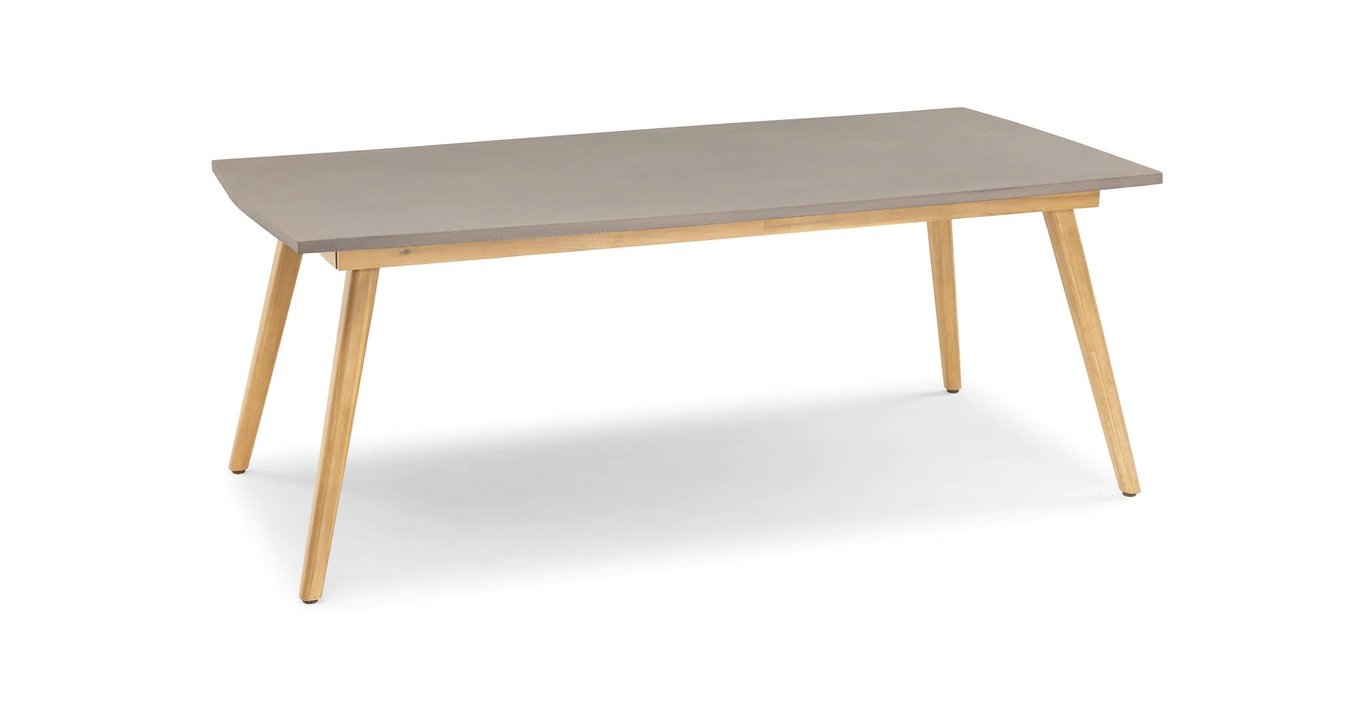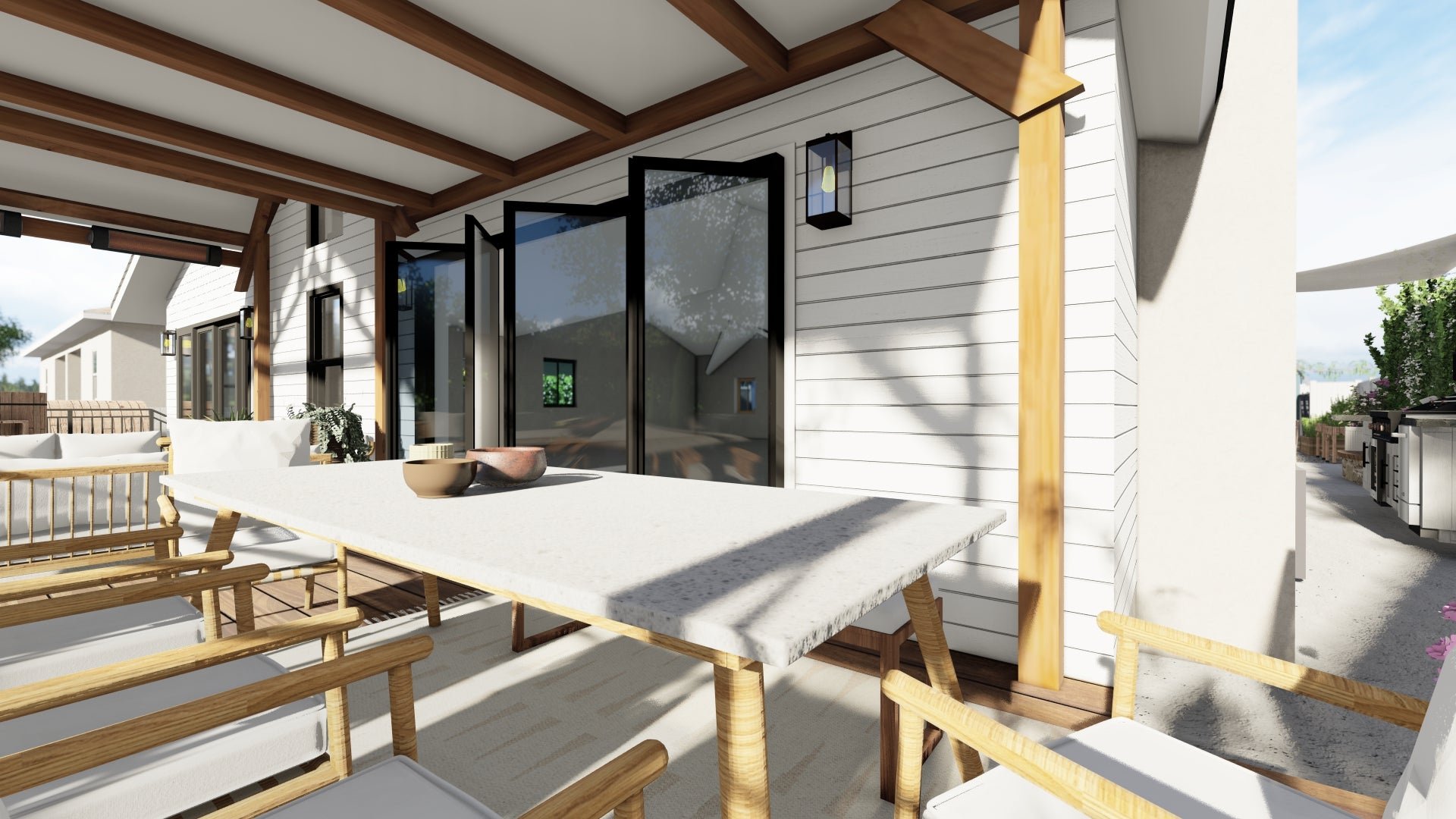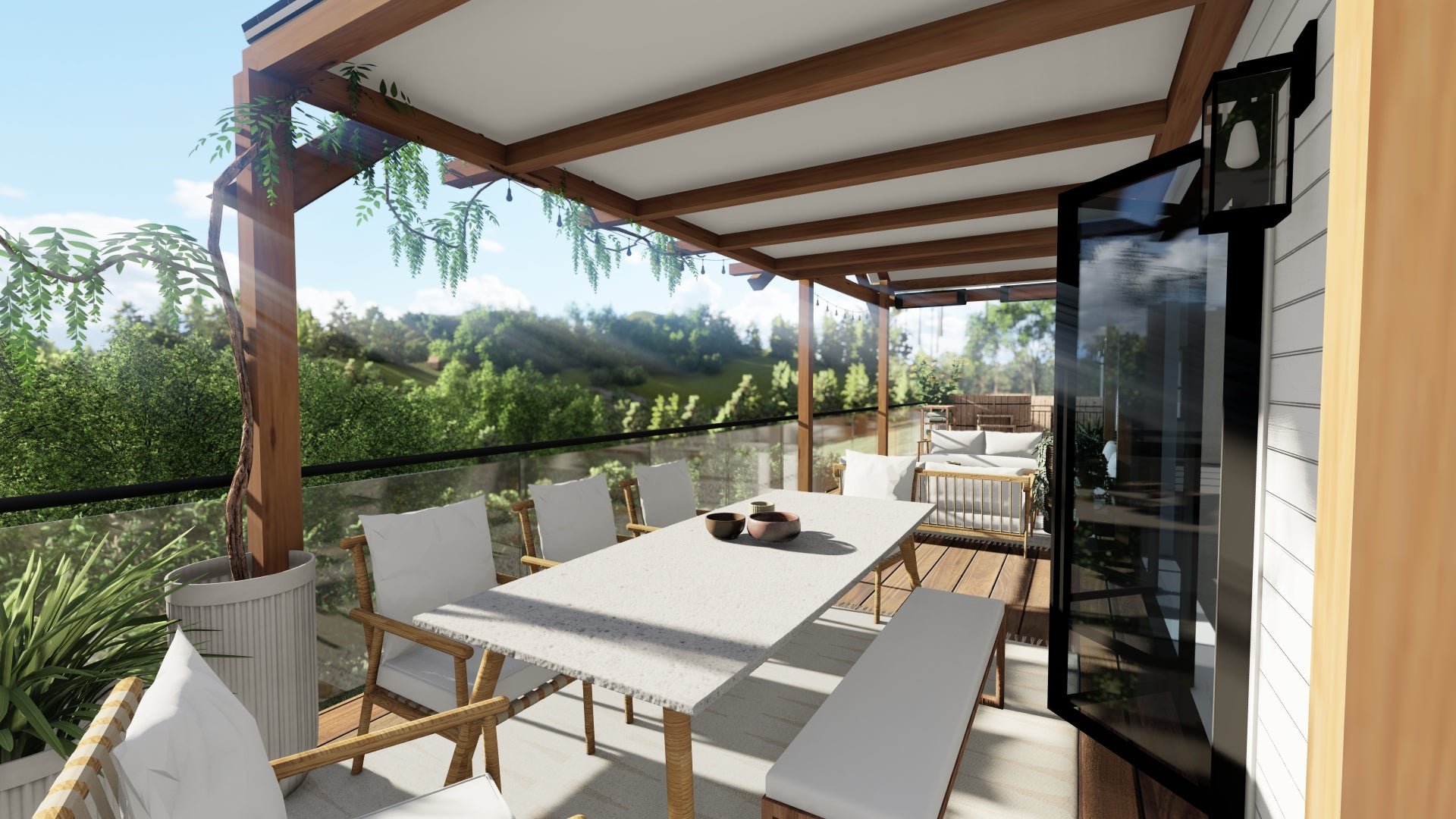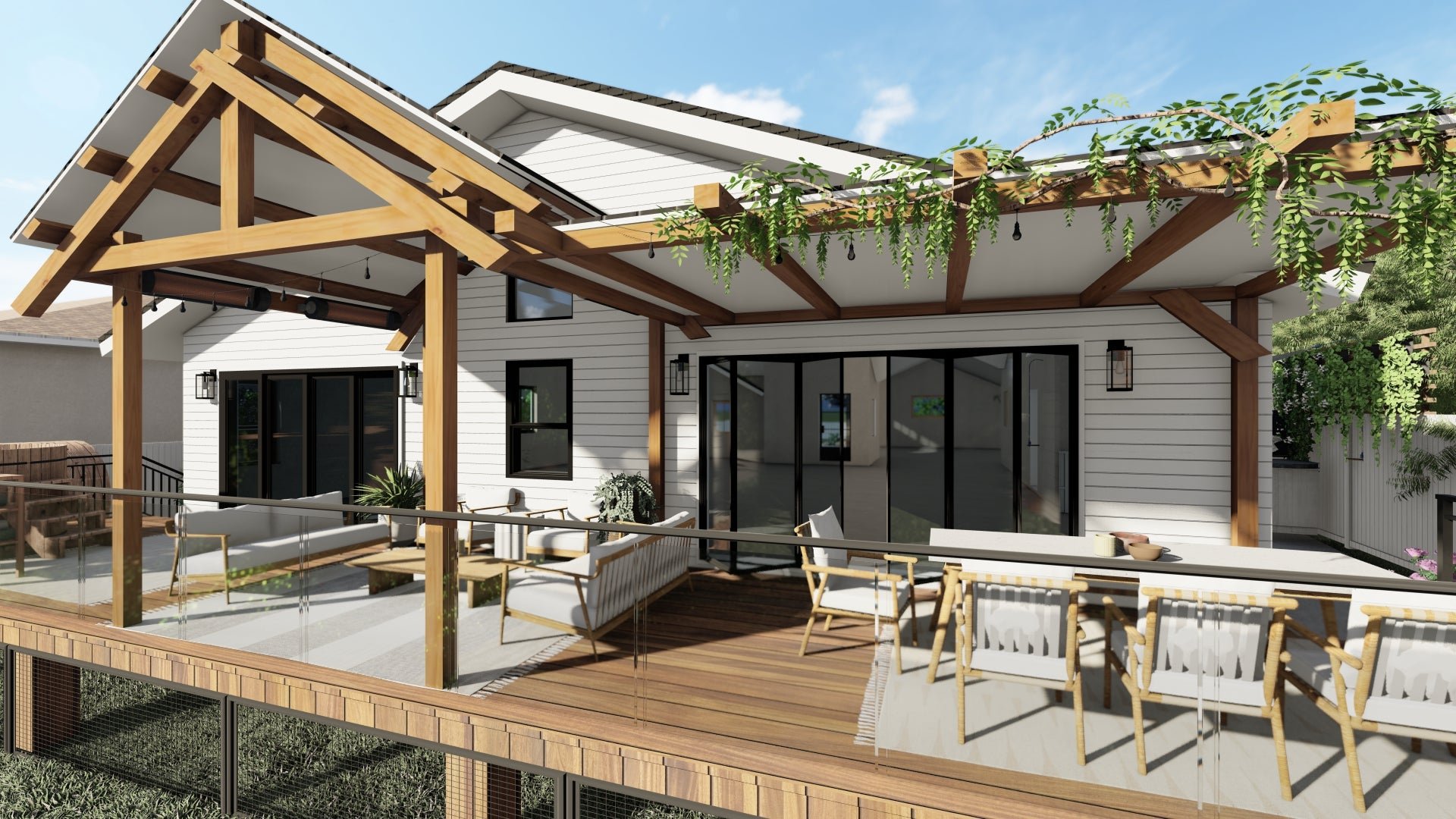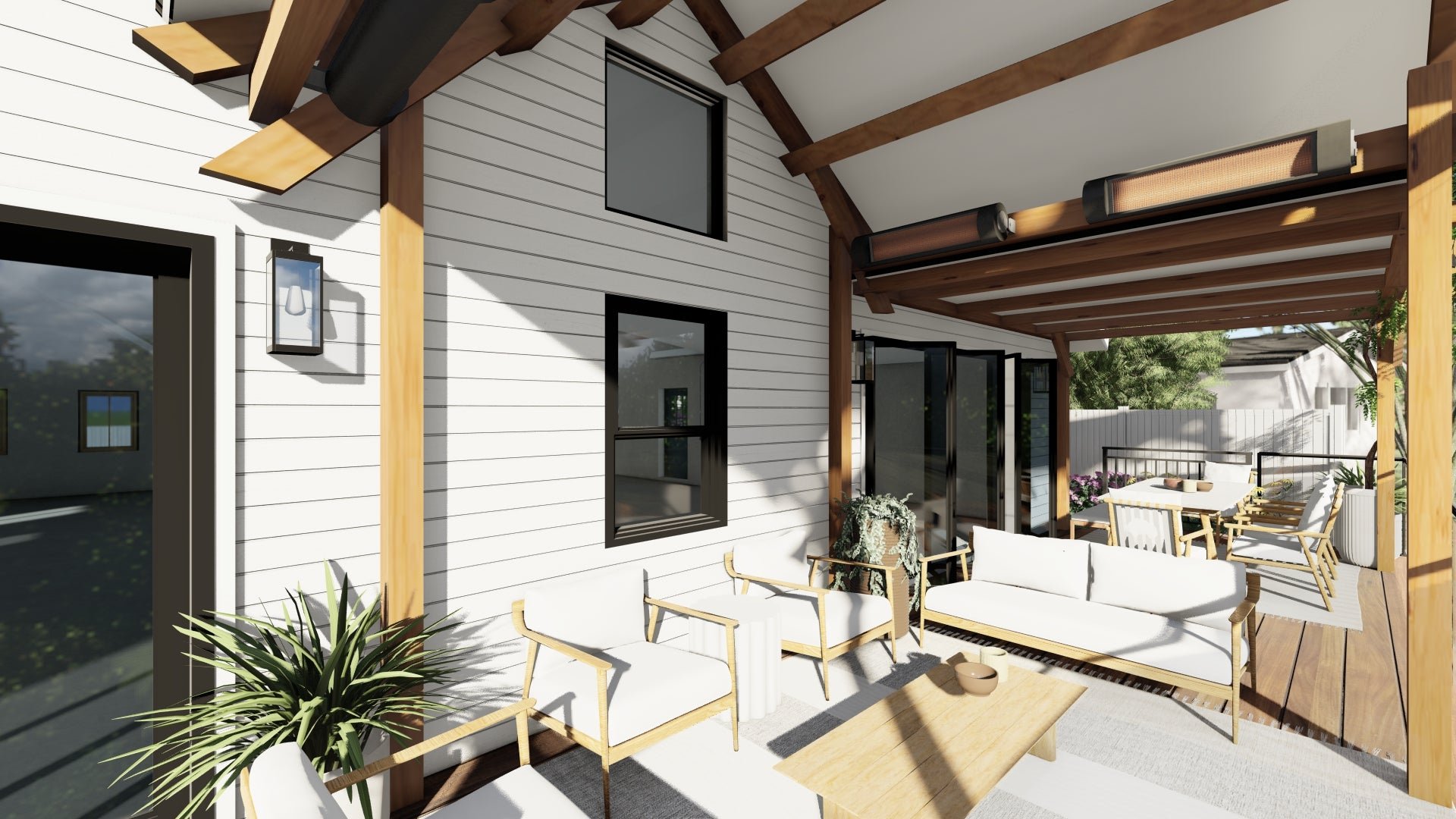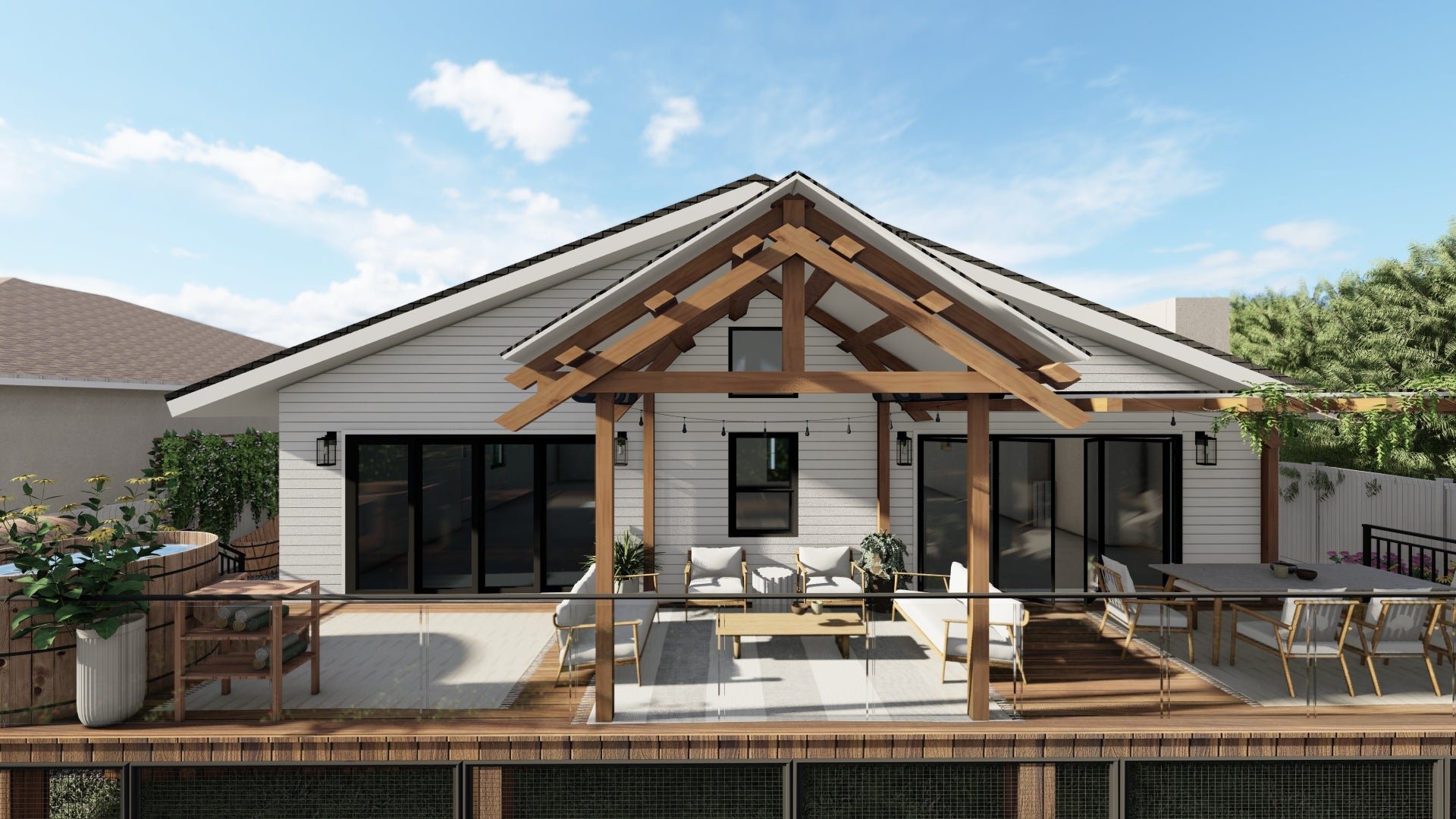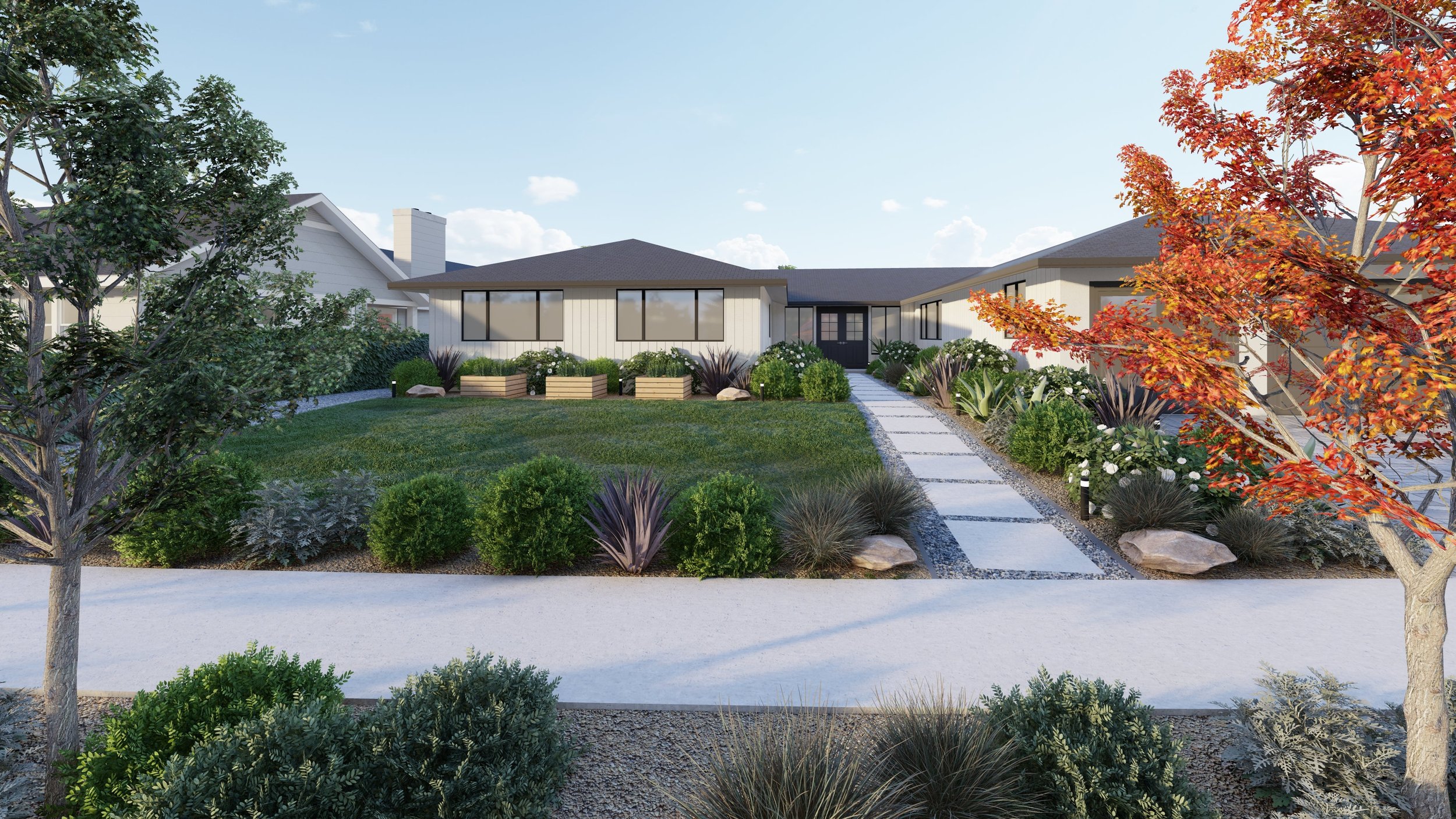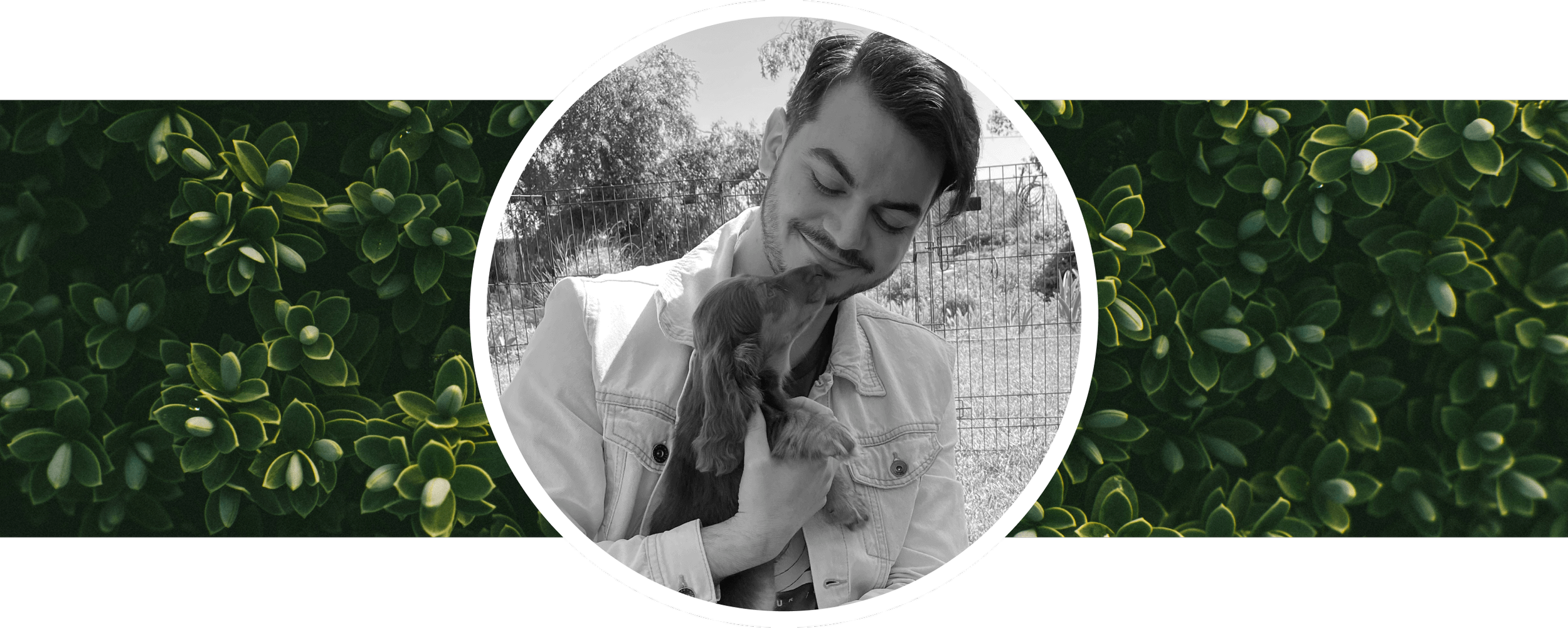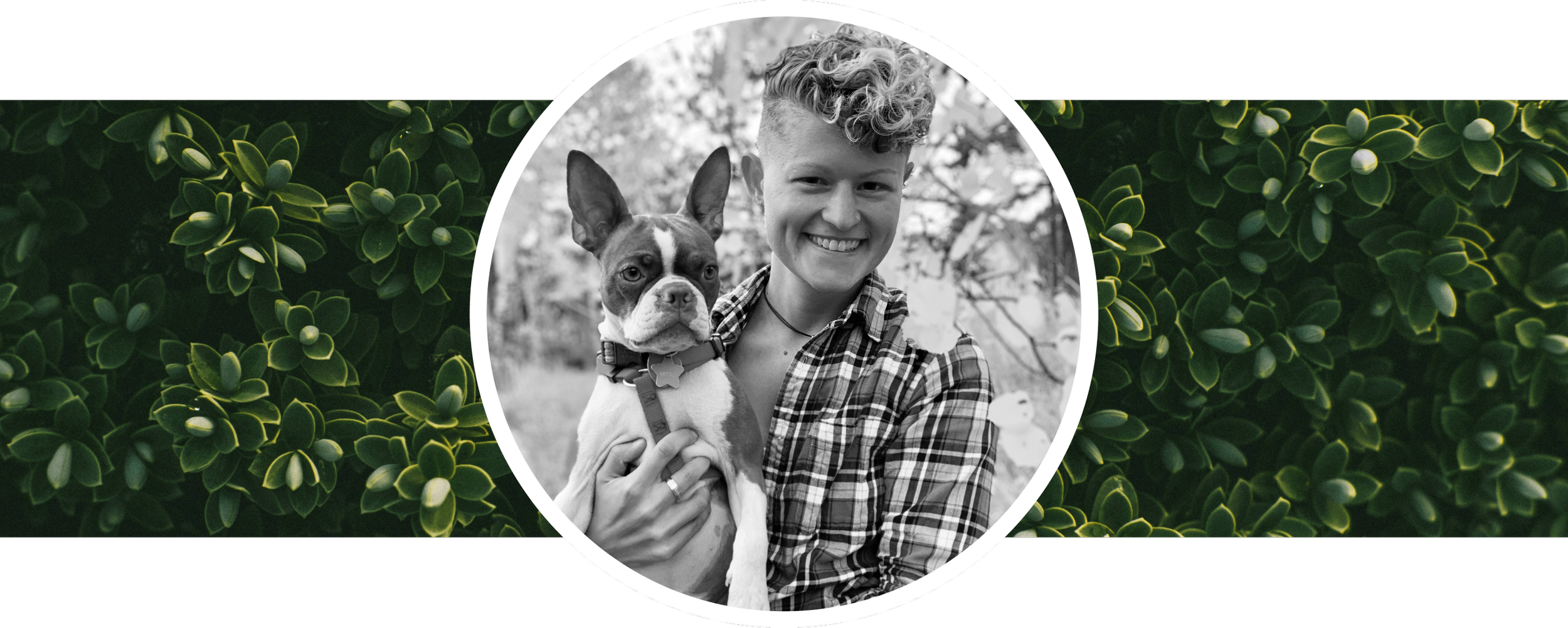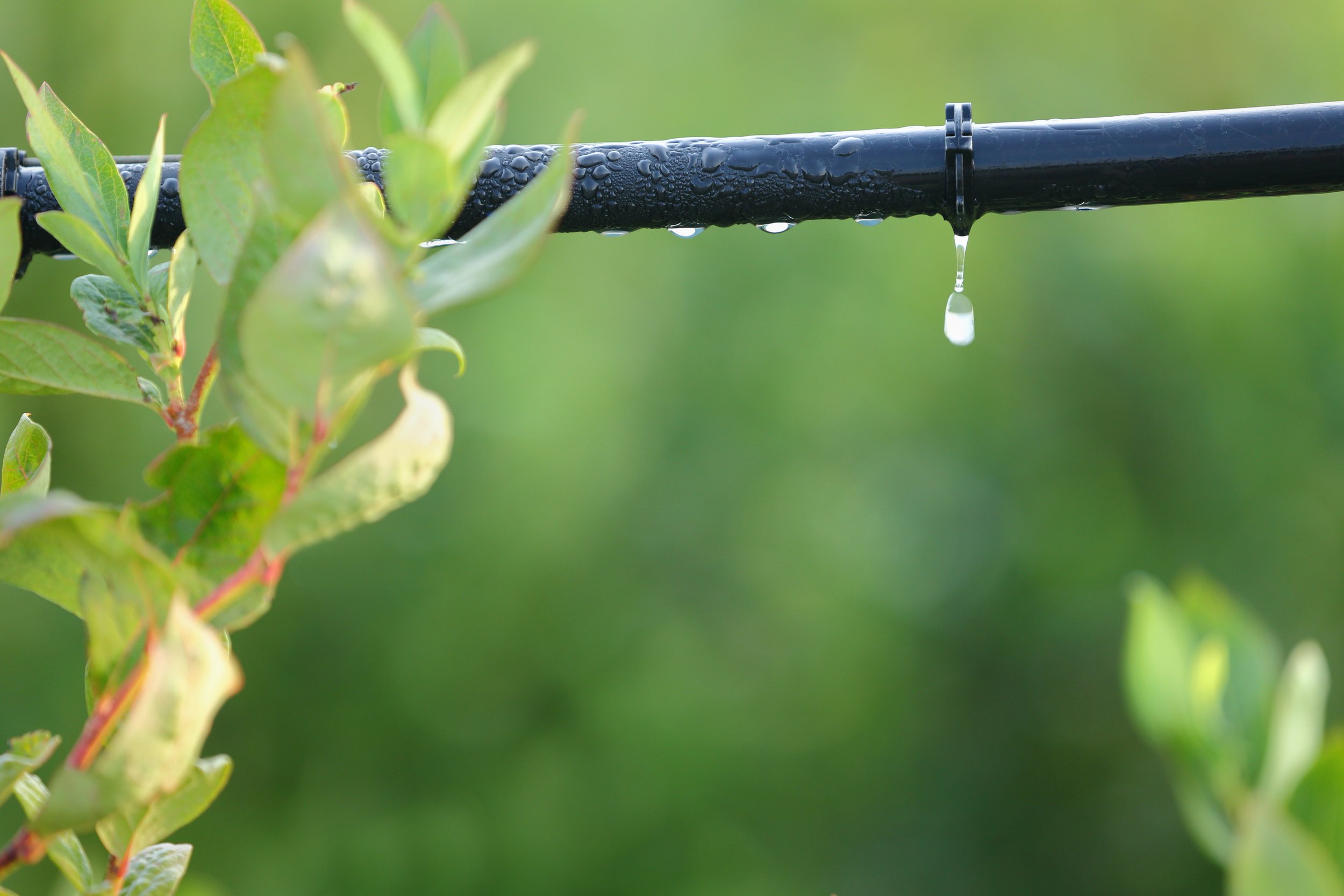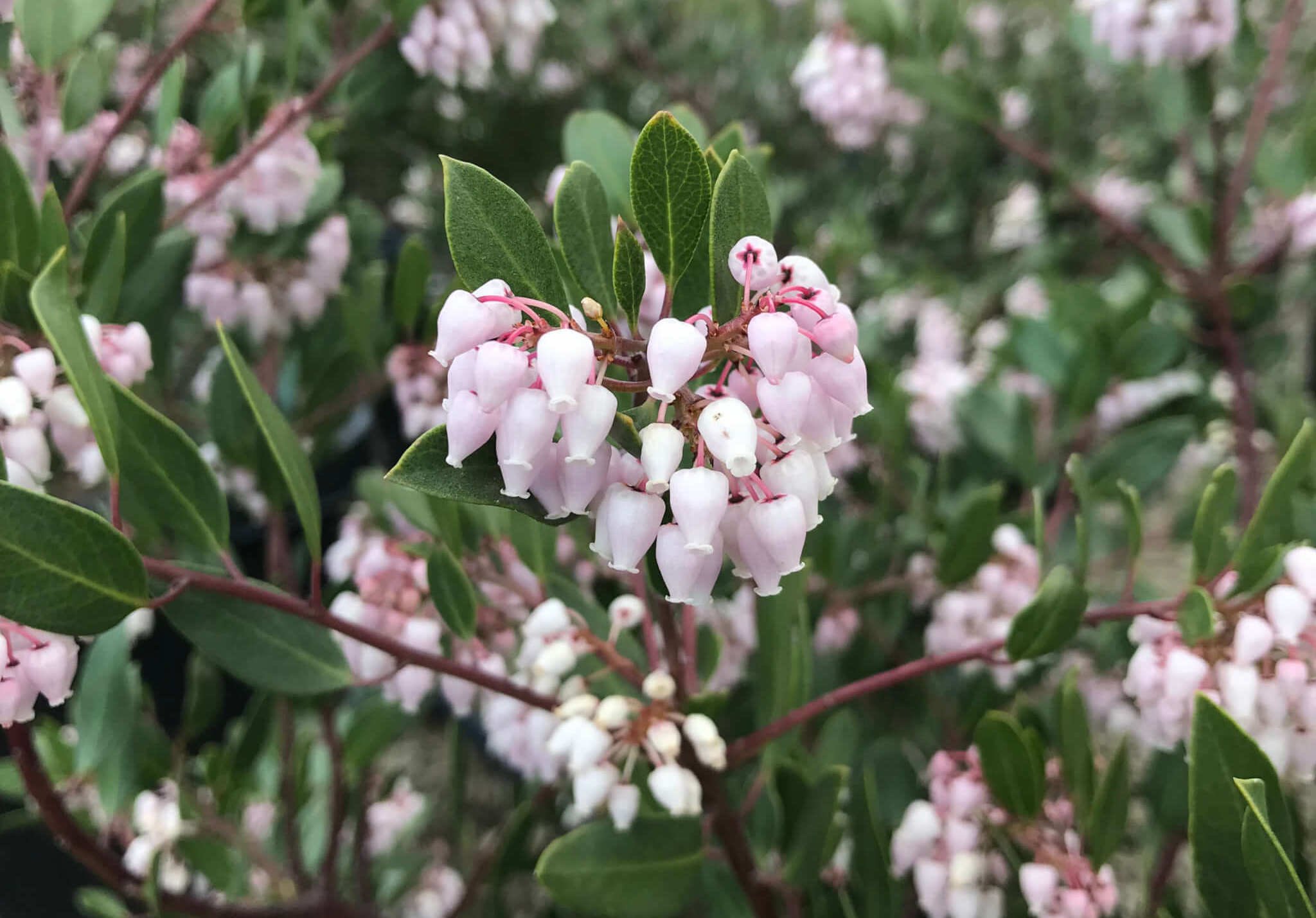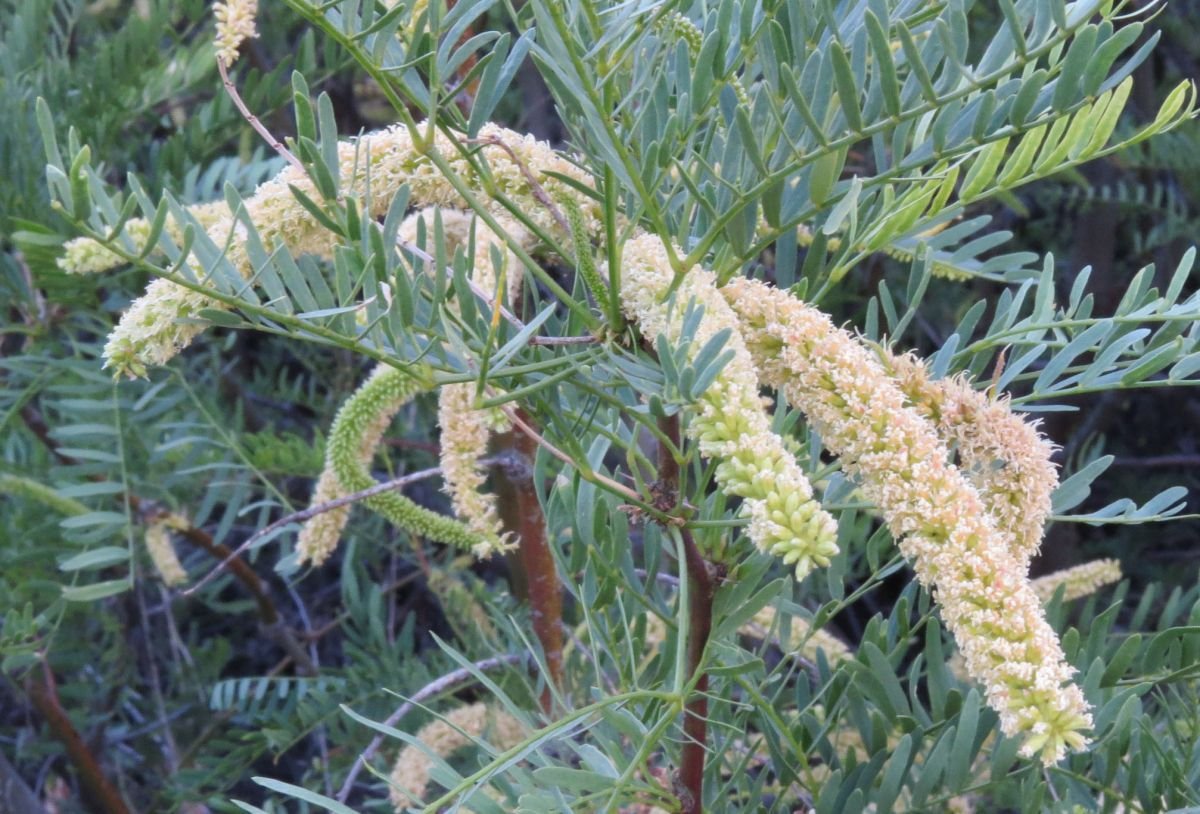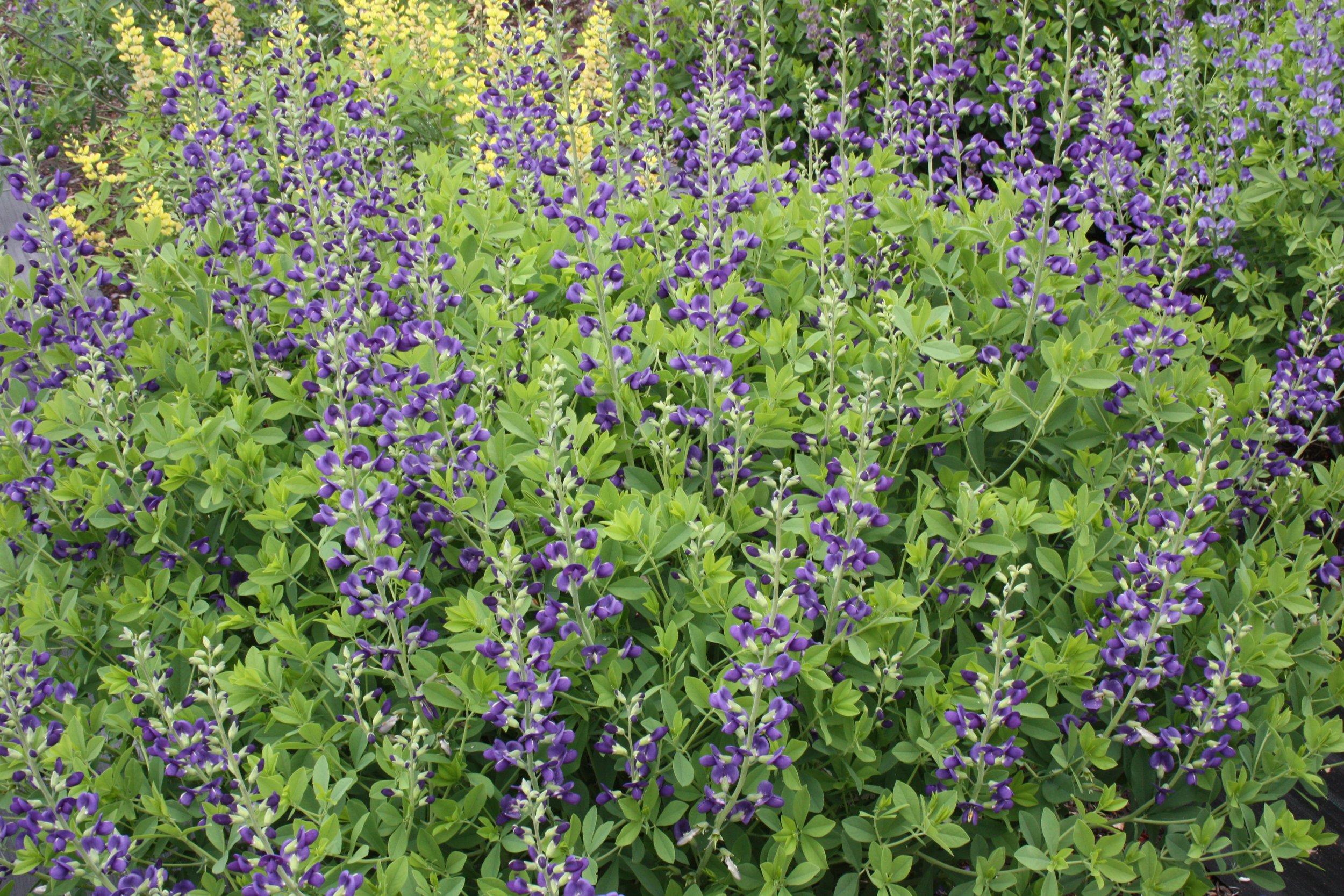A cedar pergola creates shade in a Fremont, CA backyard designed by Yardzen
As clients increasingly look to create an extension of their indoor space outdoors, we’ve seen the popularity of pergolas increase dramatically. Pergolas stand out for their ability to create distinct, functional, and adaptable outdoor spaces. With open sides and slatted ceilings, pergolas offer cooling breezes, dappled shade, and a strong sense of connection to the surrounding yard. Their open structure makes for a striking but relatively lightweight visual impact, allowing them to gracefully plug into yards of all sizes.
Our design team put together a guide to one of Yardzen’s most-requested hardscaping features, including costs, materials, styles, alternatives, and more.
Table of Contents
What is a Pergola?
Pergolas are time-tested freestanding outdoor structures, first seen in Egypt around 1400 BC, and widely used among 17th Century Romans during the Italian Renaissance. Today’s pergolas consist of posts supporting a decorative, open-structured roof (as opposed to a closed-structured roof like that of a gazebo), with no walls beneath.
What is the point of a pergola?
The purpose of a pergola is to block harsh glare from the sun while allowing gentle light and fresh air in. A typical pergola won’t completely block sunlight, but some designs feature louvers or ceiling coverings to provide complete shade.
Pergolas establish a pleasant outdoor space that is part enclosed, part open. The ceiling above establishes an intimate feel, while the open sides maintain strong visual connections to the surrounding yard, making the space beneath the ceiling feel larger than its footprint. You’ll commonly see pergolas positioned above outdoor spaces intended for spending prolonged time, like outdoor kitchens, dining areas, or lounge zones.
As structural items, pergolas are often focal points in a landscape design, and serve as style indicators—a modern pergola helps everything else in your yard feel a little more modern. Practically speaking, pergolas also offer infrastructure to mount a host of accessories (which we’ll review below).
What is the best material for a pergola?
The most common materials used for pergolas are wood, fiberglass, aluminum, and vinyl.
Wooden Pergolas
Wooden pergolas are popular for their handsome appearance and natural look. Wood as a material is easy to work with—it will take any paint or stain, can be formed into decorative flourishes typical of traditional styles, and is a good option for DIY or custom builds. All of these reasons make wooden pergolas super flexible and easy to use in any style of landscape design.
Keep in mind that wooden pergolas used to be more cost-effective, but the price of lumber is way up. Nowadays, wood is a mid-to-high priced option for pergolas.
While wooden pergolas allow for flexibility in design, it is the least durable and most high-maintenance material. A fresh coat of paint or stain every year or two is necessary to protect wood from weathering.
Fiberglass Pergolas
Fiberglass pergolas have a smooth surface and more polished feel than wood. Like wood, fiberglass can take on any paint color, but looks best in modern vs traditional landscape designs. One benefit of fiberglass over wooden pergolas is that they are super durable and are virtually maintenance free.
Because fiberglass is so durable, it can span much longer distances than wood—up to 26 feet in some cases, which is useful for minimizing posts as a barrier in outdoor spaces.
Fiberglass used to be a more expensive option, but is now competitively priced with wood and aluminum.
Aluminum Pergolas
Aluminum pergolas have benefits very similar to fiberglass—they are light, strong, sleek and suited to modern styles, and require almost no maintenance. Aluminum pergolas are rust resistant and are typically powder-coated, so paint color won’t chip with wear and tear.
Vinyl Pergolas
Vinyl pergolas are the lower cost option when it comes to materials. They also tend to look lower quality because the surface is visually discernible from wood, fiberglass, or metal. Another potential drawback is that vinyl pergolas are typically limited in color—you’ll see them offered in white or light neutral colors.
While vinyl pergolas are low maintenance, they aren’t as durable as wood, fiberglass, or metal. If longevity or flexibility in design isn’t crucial for you, but price is, a vinyl pergola may be the way to go. However, there are other low cost options to consider.
How do you build a pergola?
Installation, even for prefab or kit pergolas, is often trickier than it may seem. Posts must be anchored in the ground. For most pergolas, this means creating underground concrete footings for each post, though lighter-weight kits sometimes simply bolt posts into existing decks or concrete slabs.
Anchored posts must stand perfectly vertical with precise spacing to fit prefab beams—if you’re off by even a half-inch you must re-anchor the post. For this reason, we typically recommend having a contractor install your pergola, even for many pergola kits. Contractor installation tends to cost between $3K and $6K on top of the purchase price of the pergola, but it’s usually well worth it.
Do I need a permit for a pergola?
Sometimes pergolas require a permit, other times they do not. City code and, when applicable, HOA requirements ultimately determine if a permit is necessary.
Permits are more commonly required when pergolas are large, attach to existing structures, or use concrete footings to secure their posts in the ground. Regions that encounter snow, strong winds, or seismic activity also tend to require permits more frequently. Solid-roofed structures are more or less certain to require a permit.
Prefabricated pergolas typically come with structural drawings that can be used when submitting for a pergola. This can generate considerable savings by cutting out the expense and hassle of hiring an engineer to produce permit drawings.
How much do pergolas cost?
Besides material, the type of pergola you buy—prefab vs. custom built—will influence its cost. In general, prefab pergolas tend to cost less than custom builds.
With either option, don't forget the cost of professional assembly and installation needs to be considered in addition to the purchase price of the structure or materials. As mentioned above, this is typically between $3K and $6K.
Custom Pergola Cost
Custom pergolas vary widely in cost based on cost of materials at the time, size, and anything about your design that complicates the installation. Basic ones can be relatively affordable, but it’s not uncommon for a custom pergola to cost $20K all said and done. You can control costs by keeping designs clean and simple. Intricate or structurally challenging designs quickly accumulate costs via additional labor requirements.
Prefabricated Pergolas and Pergola Kit Cost
After factoring in delivery and installation, prefab aluminum, fiberglass, and wood pergolas will run from $8K to $15K for a standard sized pergola. Increasing size or adding accessories can add as much as $10K on top of this standard price range.
With the higher purchase price, you generally get a higher quality product that will be more durable and look more like a permanent landscape feature. You may also get a warranty, or the option to include accessories.
Keep in mind that kits or prefab structures that claim to be DIY-able may not actually be simple to install. Many prefab pergolas seem more appealing than a custom build at first because of their lower price tag, but require professional help to install which will add to the total cost.
Kit and Prefab Pergola Recommendations:
The Toja Grid is a great modular option offering incredible versatility at a low price, but be aware you’ll need to purchase wood separately - the list price only covers brackets. ($260 and up)
The aluminum pergolas by Paragon Outdoor and Bon Pergola are also solid low cost options. ($1,474.50 and up)
Forever Redwood has a host of pergolas spanning the style spectrum, and supports sustainable forestry practices in their material sourcing. ($2,650 and up)
Pergola Kits USA offers fiberglass and wood pergolas in a variety of styles at competitive prices. We favor their modern louvered fiberglass pergola . ($3,961 and up)
The Pivot 6 pergola by Struxure features motorized louvers for shade control, and can accommodate a huge range of accessories. This is a higher end option, but if budget allows it is lovely.
27 Pergola Ideas for Your Landscape Design
Below are our favorite pergola ideas designed by the Yardzen team.
01 Traditional style prefab pergola
A backyard in Santa Rosa, FL designed by Yardzen
We think of pergolas as falling into two big buckets: traditional and modern. In a nutshell, traditional pergolas have decorative flourishes, modern ones do not.
Traditional pergolas often have ceiling beams protruding out from the central pergola frame (these decorative outcroppings are called “rafter tails”). Posts can be round or square, and may feature ornamentation, be it tapering sides or thickened bases (such features do add to overall costs). Higher-end traditional pergolas may sink posts in a square bollard with a stone or masonry veneer.
A backyard in Santa Rosa, FL designed by Yardzen
These decorative features are endemic to wood pergola design, but some vinyl and fiberglass pergolas offer attractive versions of these same decorative features as seen here—just be sure to get a quality product.
This traditional style pergola is a prefabricated vinyl structure that costs less than $3k. Gravel hardscaping and low-maintenance planting are other elements that make this backyard makeover within a strict budget.
02 Modern Bohemian Dining Area with Patio Pergola
Backyard landscape design by Yardzen
Modern pergolas are sleek and purposefully lack ornamentation. All corners are 90 degrees, and posts are square. Fiberglass and aluminum modern pergolas express a more polished feel, like the one pictured above.
03 Modern Wooden Pergola for Poolside Lounge
Backyard landscape design by Yardzen
You can skew modern pergolas to look more rustic by choosing a wood model and pairing with contemporary patio furniture.
04 Modern black pergola turns a back patio into a porch
A backyard in Laguna Niguel, CA designed by Yardzen
One of our favorite uses for a pergola in a landscape design is converting a front or back patio into a porch by adding a pergola overhead. We love this modern fire pit lounge. It’s super accessible from multiple home entrances, and matches the style of the home exterior perfectly.
A backyard in Laguna Niguel, CA designed by Yardzen
05 Modern White Pergola in a Moditerranean Backyard
Backyard landscape design by Yardzen
Modern pergolas adapt well to different design styles. White modern pergolas in particular manage to look cohesive in designs that are otherwise fairly traditional (picture rows of boxwood and Hydrangea).
06 Front Porch Pergola Attached to the House
Front yard in San Rafael, CA designed by Yardzen
The patio-to-porch effect of an attached pergola is even more stunning in the front yard. This natural wood beauty creates aesthetic warmth and a more functional outdoor living space.
Front yard in San Rafael, CA designed by Yardzen
07 Pergola with sun shade over an outdoor living room
Backyard landscape design by Yardzen
There are ways to create full shade with a pergola. Some pergolas come with adjustable louvers, allowing you to control the level of shade beneath the ceiling. It’s also now common to add a fabric “pergola canopy” to pergola ceilings, as seen above.
08 Retractable canopy on a modern wood pergola
Backyard landscape design by Yardzen
You can also attach shade sails or retractable screens under the ceiling to block incoming light, but also allow in sun as needed, as seen above.
09 Hanging seating from a pergola
A backyard in Fremont, CA designed by Yardzen
A high-quality pergola can be used to hang seating! This is a super fun take on fire pit seating, conjuring the carefree vibe of porch swings that makes for an irresistible outdoor living space for friends and family to enjoy.
A backyard in Fremont, CA designed by Yardzen
10 Flowering vines create beauty and shade
Backyard landscape design by Yardzen
Historically, pergolas were used to support grape vines. You can get this look by adding vines in containers at the base of posts, and allowing them to climb and grow into the ceiling to establish a cool and lush environment.
11 Small cantilever pergola with shade curtain
A backyard in Los Gatos, CA designed by Yardzen
A cantilever pergola is a form of truncated pergola that can have as few as two posts and holds a rafter “awning” rather than a “roof”. In the photo above, the cantilever pergola is furnished with curtains and positioned with the sun to its back, allowing it to block out harsh afternoon glare. Retractable screens, an automated version of the sun pergola curtains, are also available to descend from overhead beams, blocking incoming light or wind from the side.
A backyard in Los Gatos, CA designed by Yardzen
12 Corner pergola for shading Small Spaces
Backyard landscape design render for a Yardzen client in South Pasadena, CA
Three-post or triangular pergolas are widely available in prefab options as well. This is the best pergola for small spaces like the one pictured above—they provide the right amount of shade while maintaining an open feel.
13 Cantilever pergola as a trellis in a cozy backyard
A backyard designed by Yardzen in Pacific Grove, CA
Cantilever pergolas can also provide shade via climbing plants (this is a modern take on a traditional arbor). We love this cozy backyard and can only imagine how beautiful the shade canopy will become as these flowering vines continue to grow.
14 Fire pit area with traditional wood pergola
Backyard landscape design by Yardzen
This waterfront backyard design strikes the perfect balance between traditional and contemporary with a classic decorative wooden pergola, straight hardscape lines, and planting with pops of color.
15 Fire pit area with modern louvered pergola
Backyard in Austin, TX designed by Yardzen
Fire pits can look sleek under pergolas. This modern formal backyard pairs a black metal louvered pergola with a modern concrete fire pit and formal, symmetrical green plantings. Take care to only use fire pits that are safe for use under pergolas—see the manufacturers’ instructions for the prefab fire pit that you select, and avoid wood burning fire pits beneath wood or cloth-covered pergolas.
Backyard in Austin, TX designed by Yardzen
16 Rectangular Pergola for Multiple Distinct Outdoor Rooms
Backyard landscape design by Yardzen
One of the most common requests we get from our design clients is for multiple outdoor living spaces. Often, homeowners want to use their yard for multiple purposes—to dine, cook, lounge, and garden, for example.
Many outdoor activities benefit from the shelter of a pergola. In the above design, a longer rectangular metal pergola uses hardscaping, planting, and thoughtful arrangement of outdoor furniture to create separate functional spaces under a single roof, allowing for several functional zones beneath a single ceiling.
17 Pergola as aN Extension of a covered porch
Backyard landscape design by Yardzen
We love this clever use of a pergola to extend the existing living space on a covered back porch. The traditional wooden structure mimics the materials in the porch roof, casting the pergola as an extension of the home. Traditional plantings in white and green soften the sharp edges of the hardscaping and lawn.
18 Clear Polycarbonate top to winterize a pergola
Backyard in Shoreline, WA designed by Yardzen and featured in Apartment Therapy
This backyard for a Yardzen client was featured in Apartment Therapy! Our client in the Pacific Northwest wanted an alternative to a hardtop gazebo so they could use their fire pit area even in inclement weather (common in their neck of the woods). This solution is beautiful and weather-resistant.
Other pergola accessories that help create an outdoor living space for year-round use include retractable wind screens that descend from overhead beams, outdoor heaters (we like the low profile Heatstrip) that mount on overhead beams, and rotating ceiling fans, which are particularly nice in warm climates.
19 Pergola as a shade structure on a deck or balcony
Backyard landscape design by Yardzen
Pergolas aren’t limited in use to ground-level—they can add shade and style to large balconies, rooftops, or elevated decks as well.
20 Custom built modern pergola made with mixed materials
A backyard in Corte Madera, CA designed by Yardzen
This stylish, kid-friendly backyard designed by Yardzen includes modern details like this aluminum frame pergola with beautiful custom cedar wood rafters. If you want the function of an outdoor pergola but prefab and kit options don’t match your style, custom is the way to go.
Backyard in Corte Madera, CA designed by Yardzen
21 Freestanding pergola for a tucked-away outdoor oasis
Backyard design by Yardzen
One of the benefits of using a classic freestanding pergola in your landscape design is how it can create tucked-away spaces that are more private or removed from busier and more visible areas. This design has a pergola-shaded seating area in a corner of the yard that isn’t visible from neighboring properties or the street, and is far enough from the house that it allows you to physically and mentally relax in a separate space.
22 Custom attached pergola spanning back patio and courtyard
A backyard in Scottsdale, AZ designed by Yardzen
We love how this creative design came to life for our client in Arizona. The attached pergola serves so many functions—as a shade structure for the courtyard seating and dining space, an awning for home entrances, and a structural support for a fun hanging swing set overlooking the yard.
A backyard in Scottsdale, AZ designed by Yardzen
23 Defining an outdoor kitchen with an overhead pergola
Backyard landscape design by Yardzen
A pergola is the perfect shade structure and space-defining element for an outdoor kitchen. This modern steel frame pergola complements the concrete stone kitchen and modern furnishings.
24 String lights FOR Magical ambience
A backyard in Walnut Creek, CA designed by Yardzen
We love adding string lights to pergolas of any style, the magical effect they have on an outdoor living space from overhead is irresistible. Installing string lights around or across the ceiling is typically the most cost-effective option for landscape lighting on a pergola, but deck lights mounted to posts that can shine up or down, or both, is also an option—as this Volt light does.
A backyard in Walnut Creek, CA designed by Yardzen
25 Arched pergola for a traditional outdoor kitchen in a lush yard
Backyard design for a Yardzen client in South Pasadena, CA
Pergolas don’t all have flat roofs—more intricate designs are available with arched or gabled rooflines that look great in traditional landscape designs and mimic the feel of a patio gazebo without the canopy cover.
26 Shade sail as a pergola alternative
Backyard in San Rafael, CA designed by Yardzen
Pergolas offer many benefits, but they aren’t for every project. If space is limited, budgets are tight, or further revisions are planned for the near future, pergolas may be too bulky, costly, or permanent to be viable. When one of these scenarios applies, there are a few alternatives, including shade sails.
Shade sails are weatherproof and uv resistant fabric squares or triangles hung to swoop gracefully above an outdoor area. They are held by steel cables connected to existing structures, or to new posts anchored securely in the ground.
A popular look is to layer two triangular sails such that one significantly overlaps the other. Shade sails range in price but typically cost a few thousands dollars after installation (new support posts tend to add about $500 per post to total costs). There are tons of shade sail manufacturers out there - we suggest asking your contractor for their preferred local vendor.
27 Umbrella as a pergola alternative
A backyard in Austin, TX designed by Yardzen
Yes, this is low tech, but umbrellas are super versatile, and can be removed when you need to increase the openness of a space. Crate and Barrel makes a lovely cantilevered umbrella—this will allow you to have shade over your dining area without a pole sticking
It’s worth mentioning our favorite pergola alternative: trees! Trees offer a million benefits to properties, and are very effective at providing shade and implying a defined, cozy outdoor space—exactly the purpose of a pergola. Position trees at one or several corners of a space to imply boundaries and establish a room. The feel will be different than that of a pergola, but it will still be lovely.
GET STARTED WITH YOUR LANDSCAPE DESIGN BY YARDZEN
Yardzen's award-winning online exterior and landscape design is tailored to clients in all fifty states in the US. Whether your goal is creating more functional outdoor living space or beautifying your home exterior, we can create a design that meets your needs and style preferences.
Our design process begins with understanding your space, your aesthetic preferences, and a discussion of your budget and vision to minimize surprises when it comes time to build.
Our top-notch designers then develop a personalized vision for your yard, shared through 3D renderings, 2D plan drawings, and plant and material lists. Your design will capture the look, feel, and function you are hoping for, all while keeping costs within range.
Once your design is complete, we'll help you connect with a local contractor from our Pro Network of vetted professional landscapers to install your new design.
Ready to live better outside? Create your design profile or explore our design packages today!

